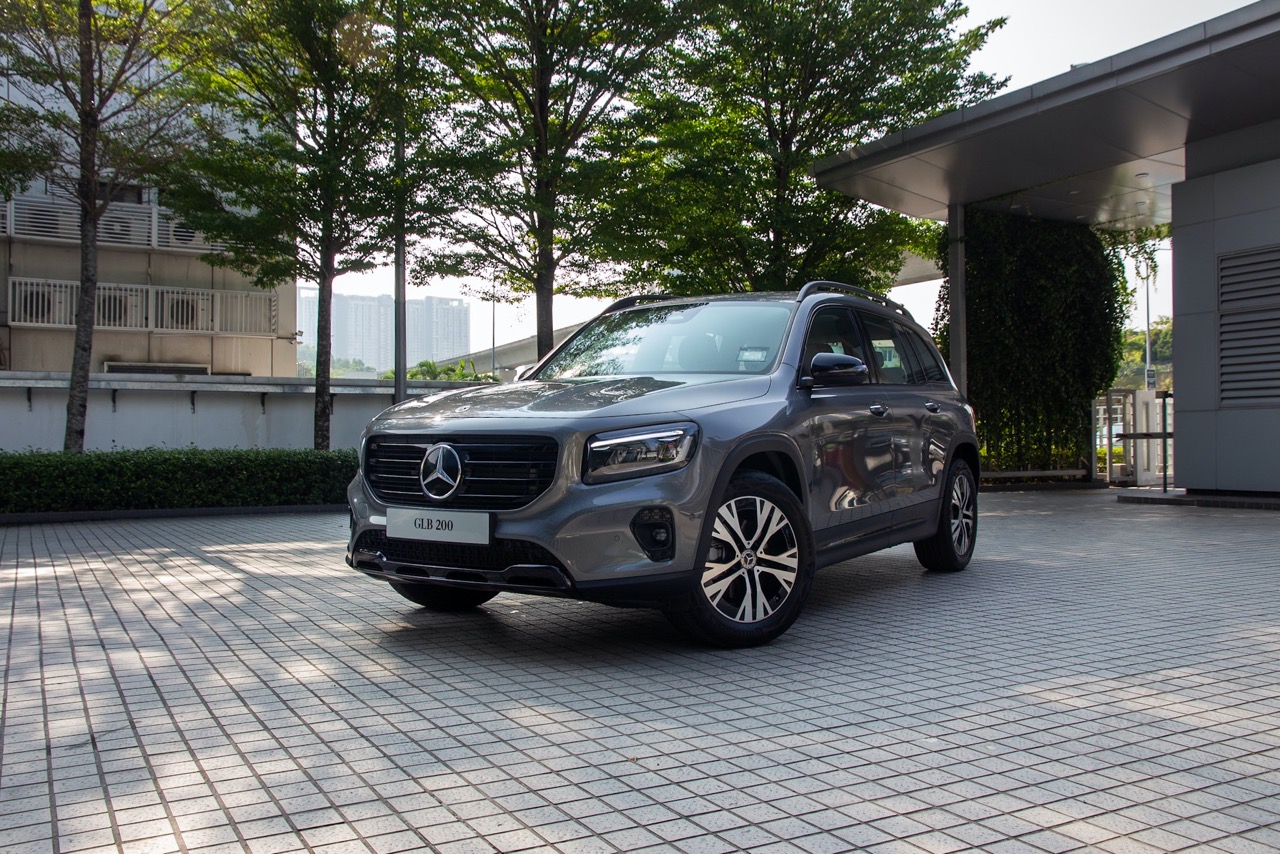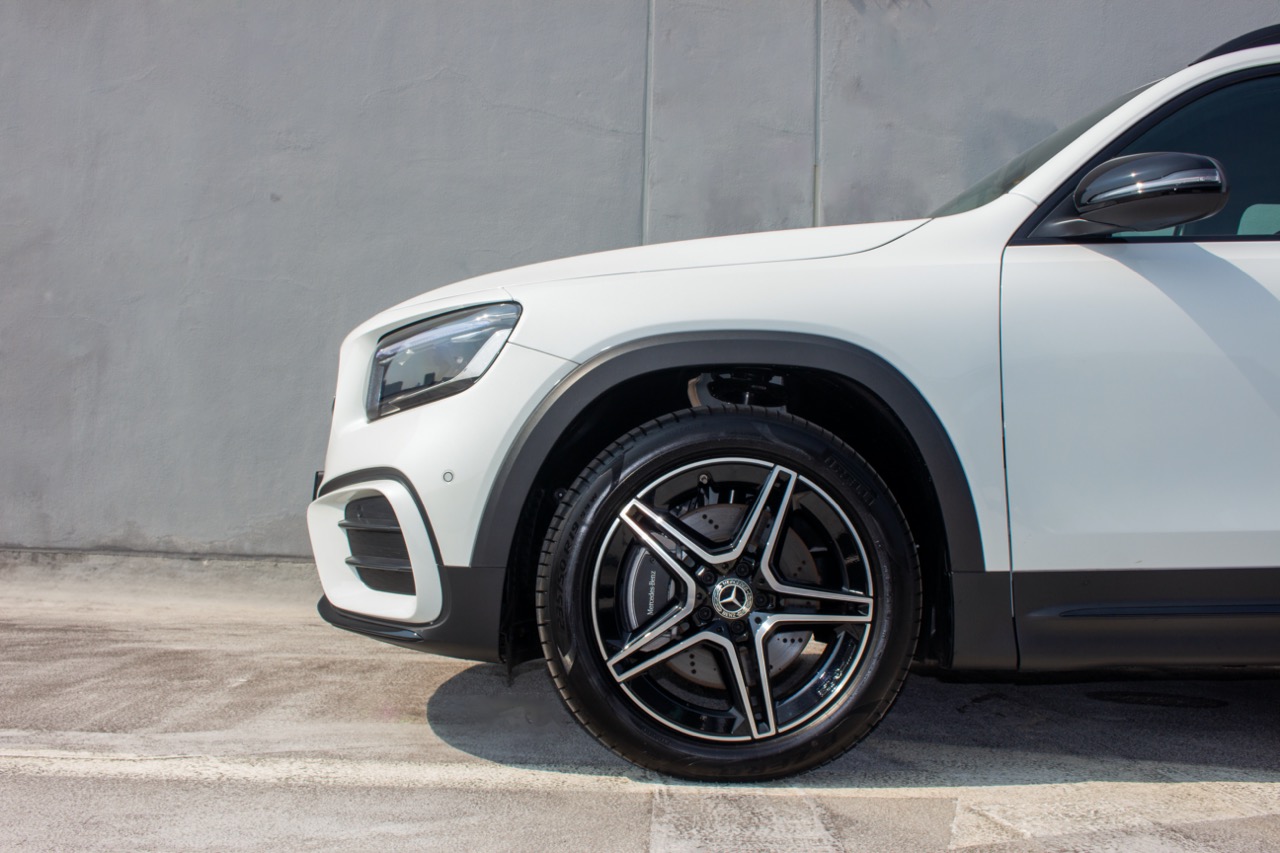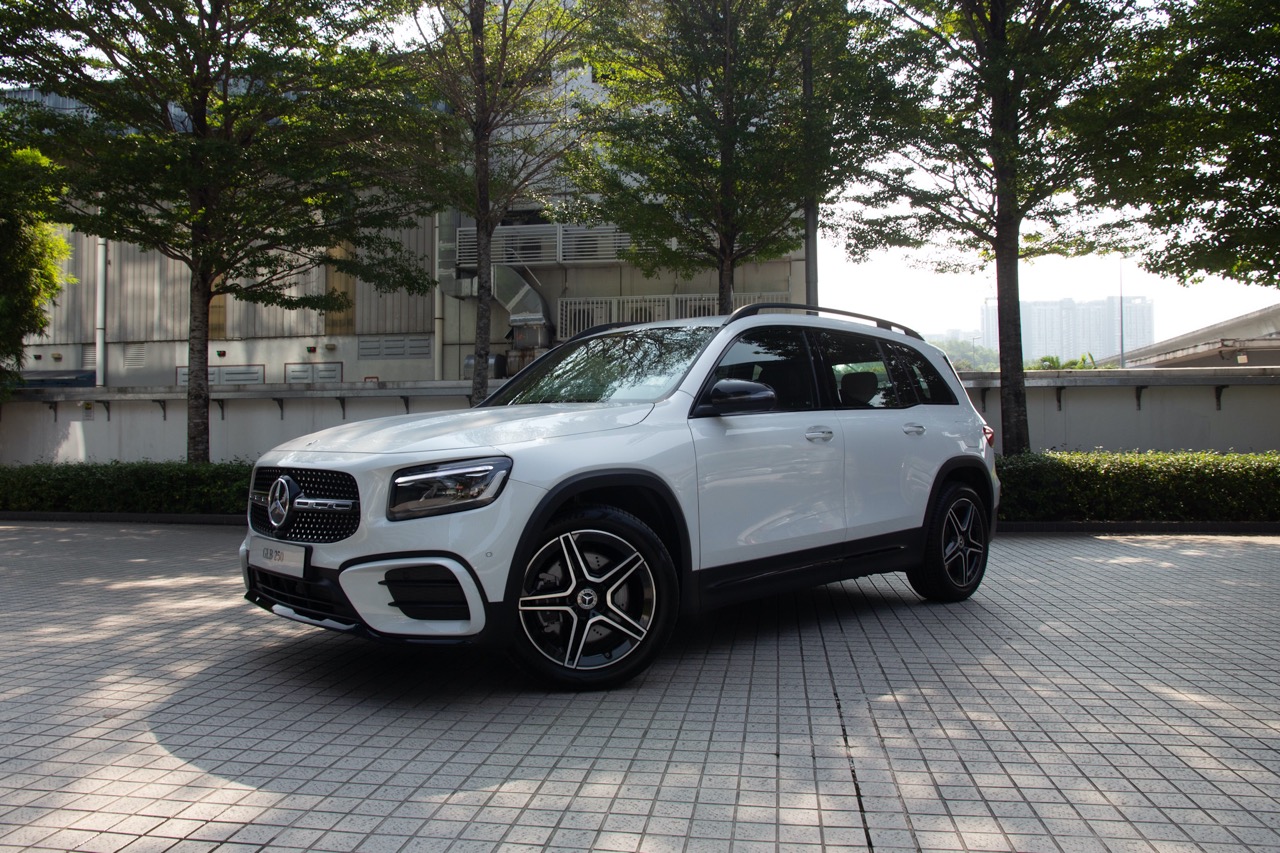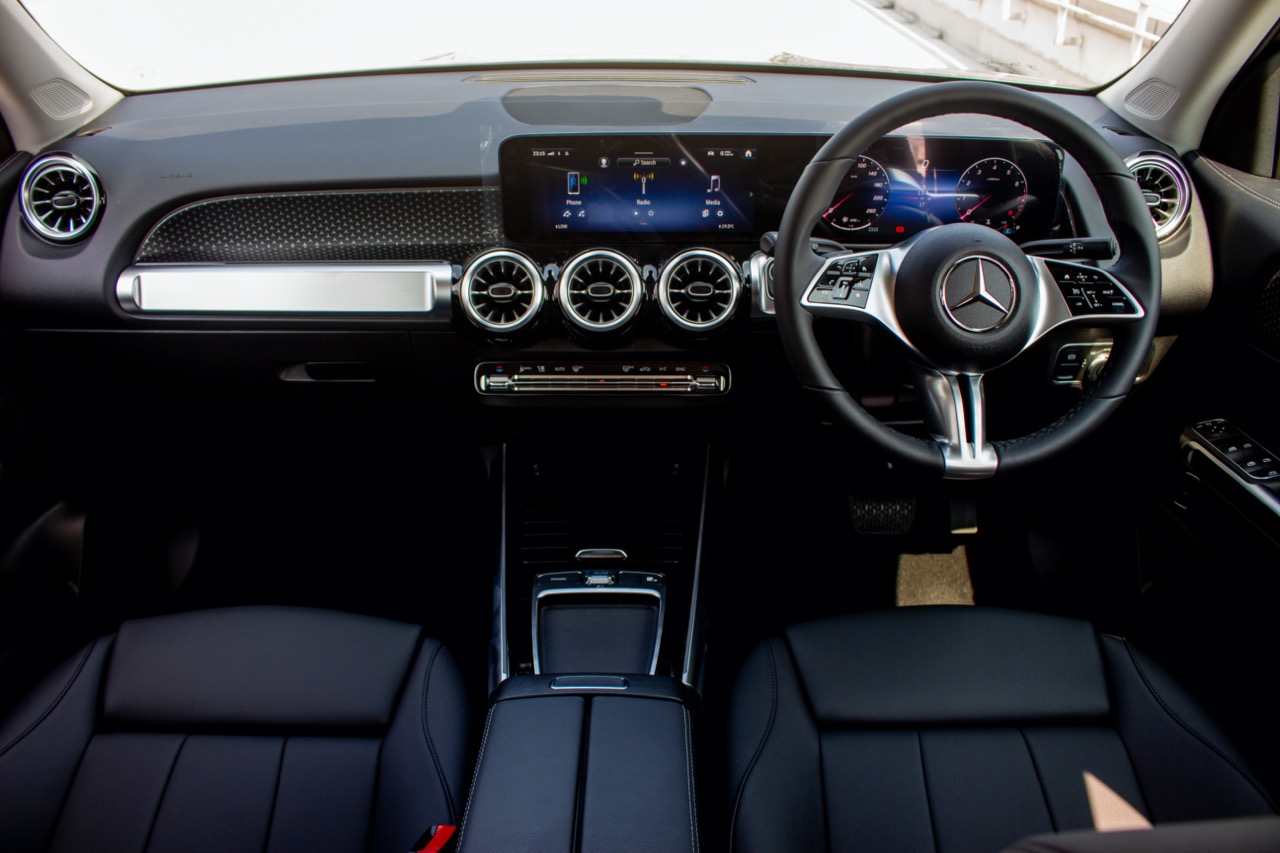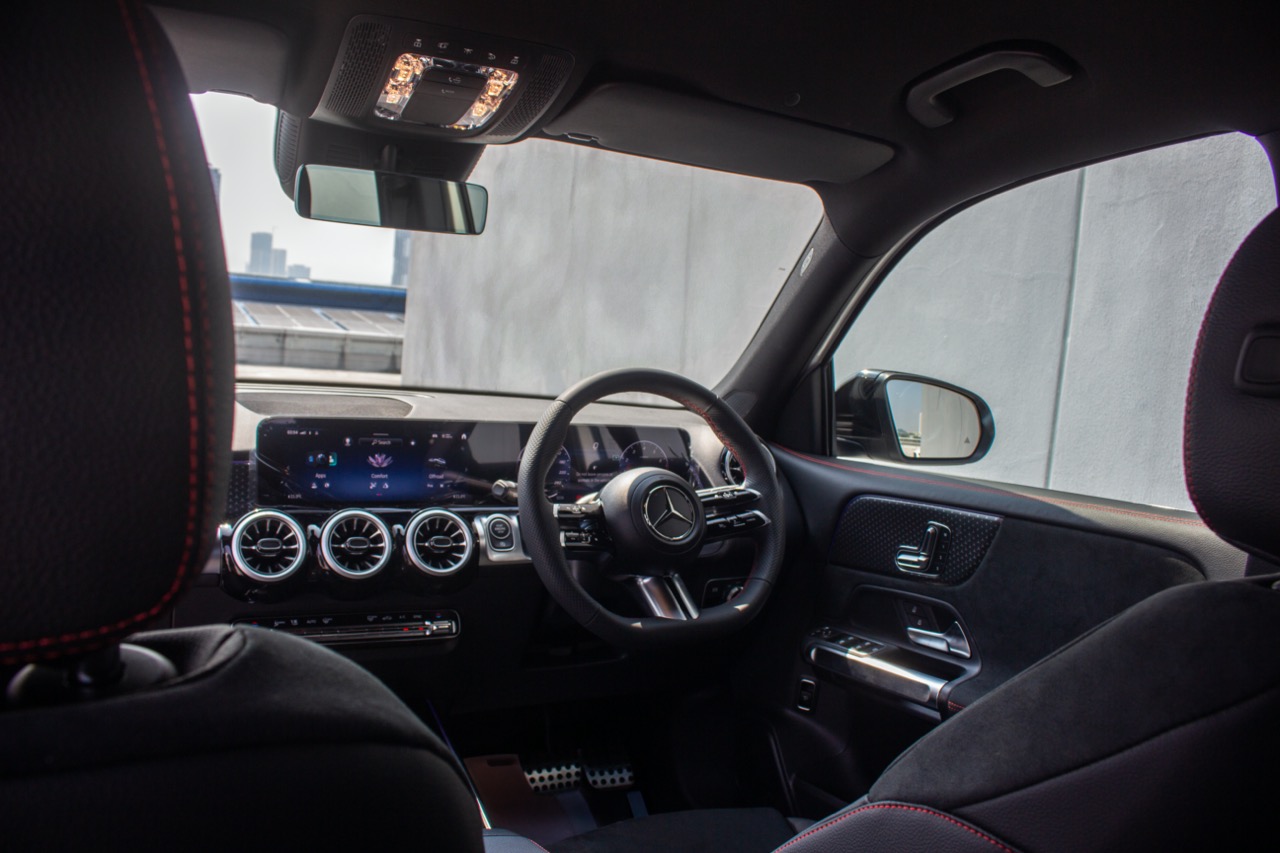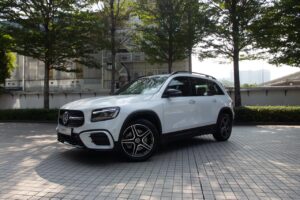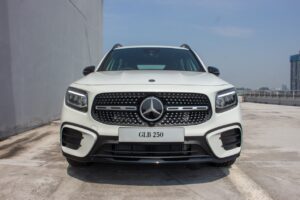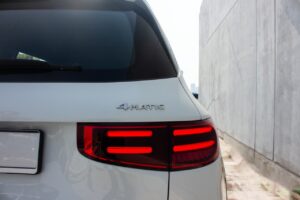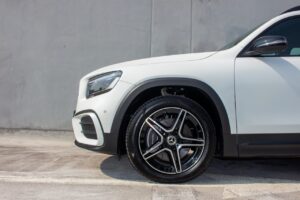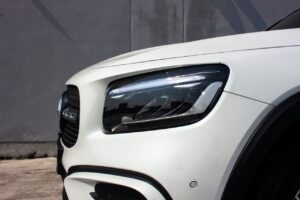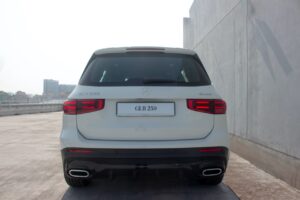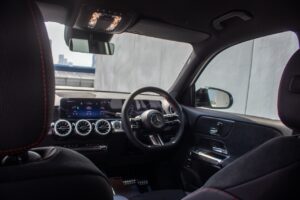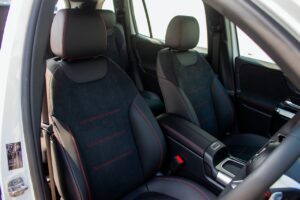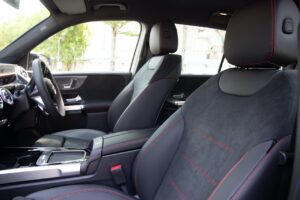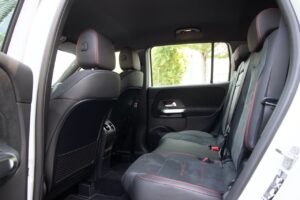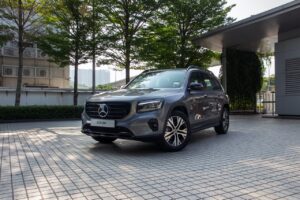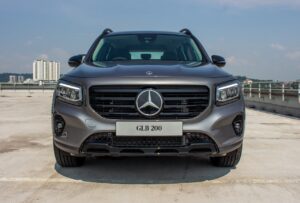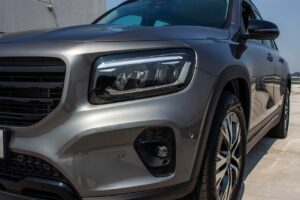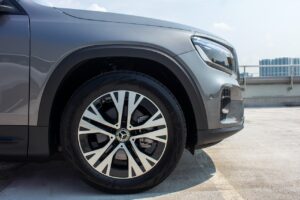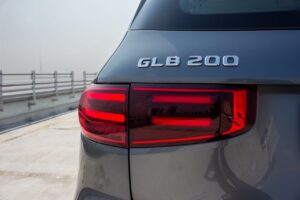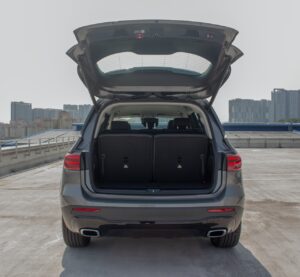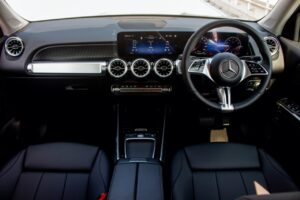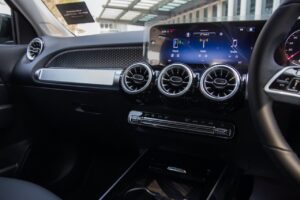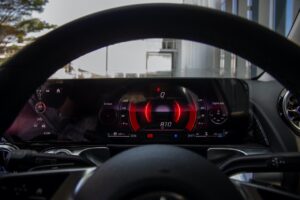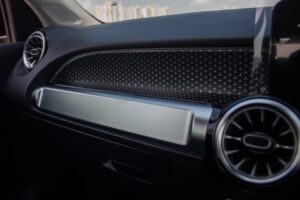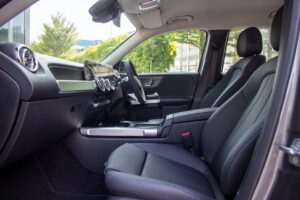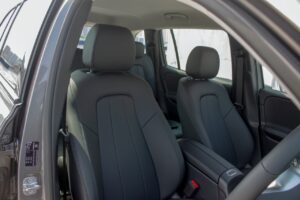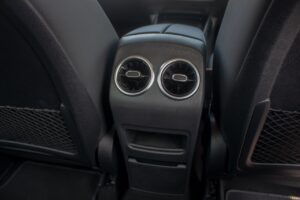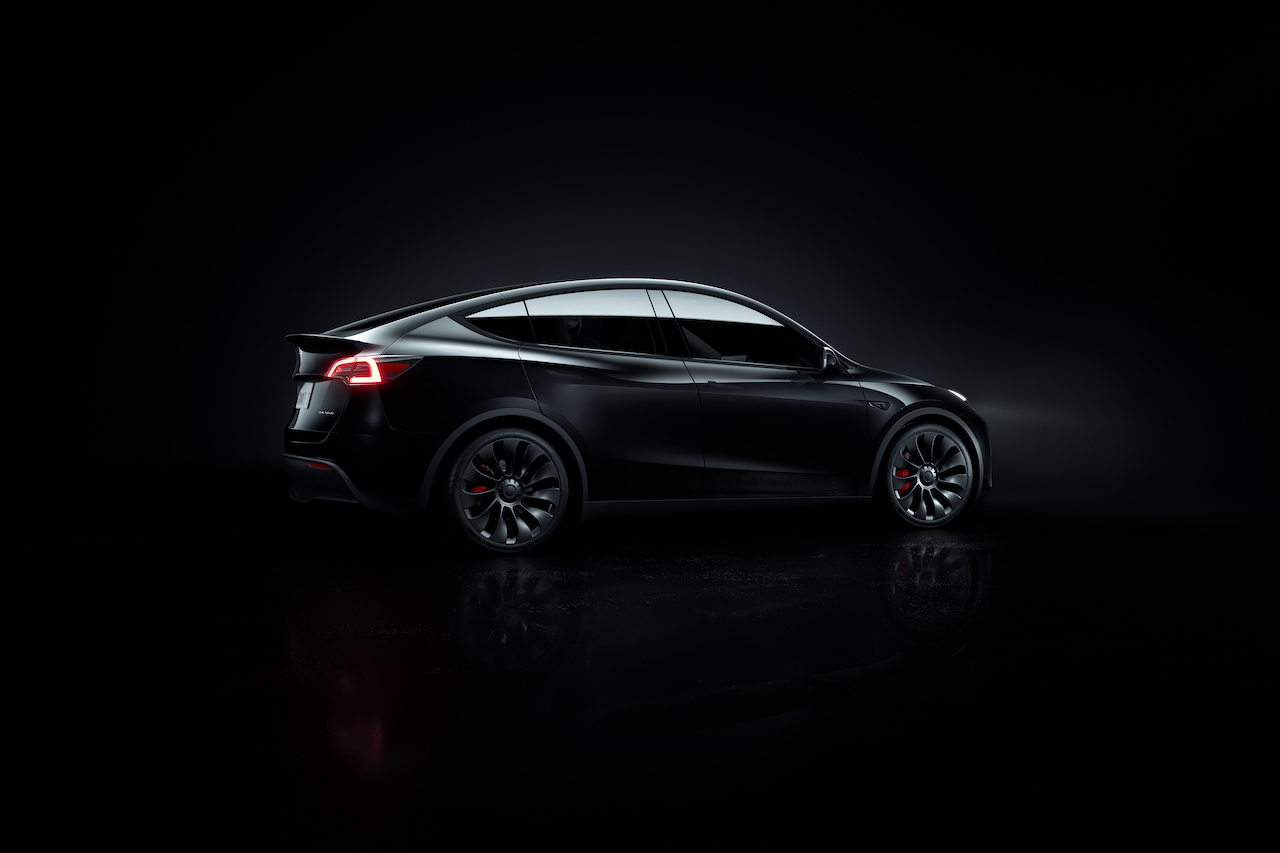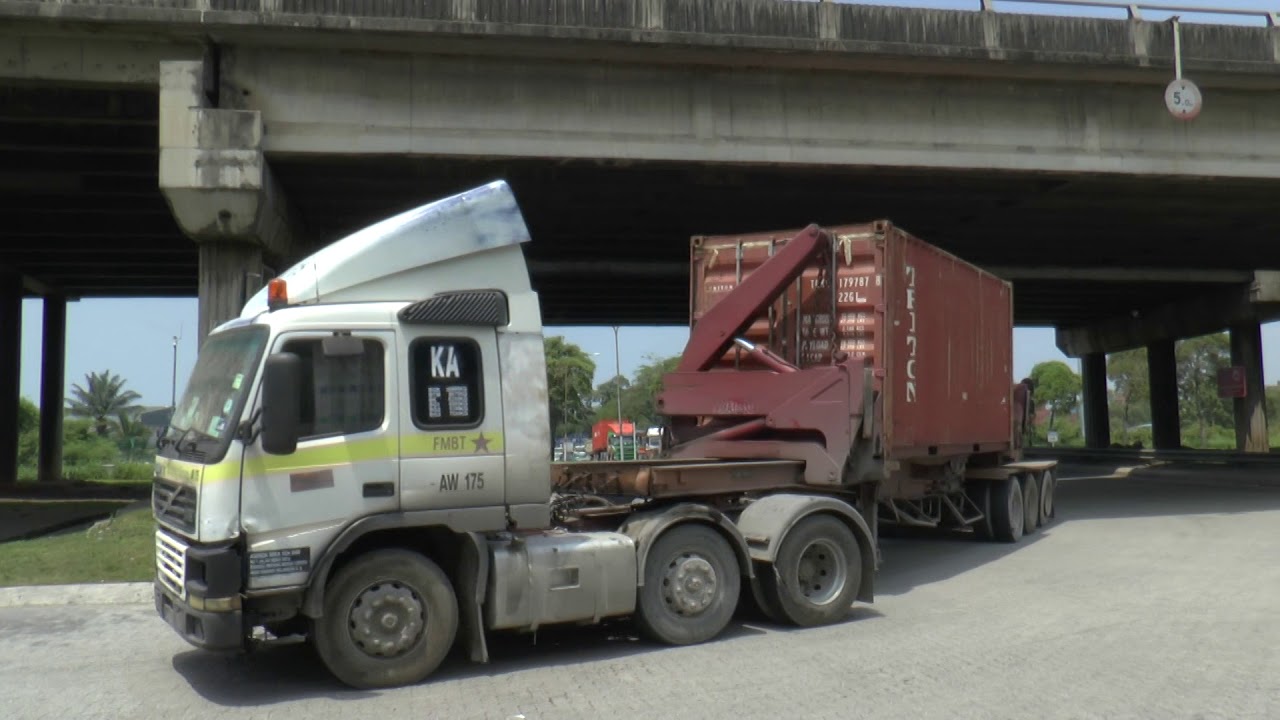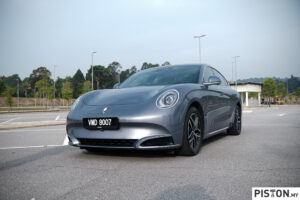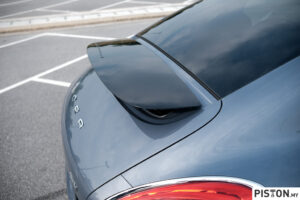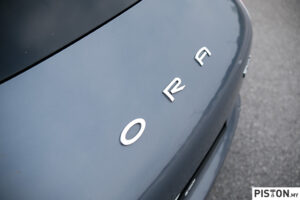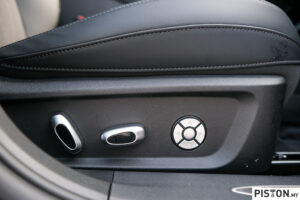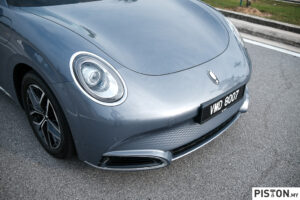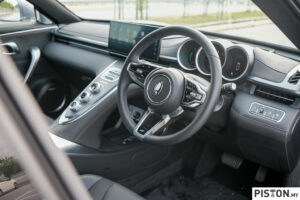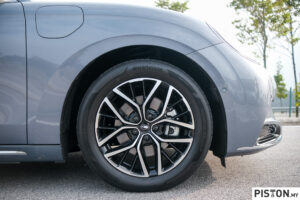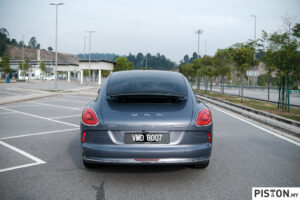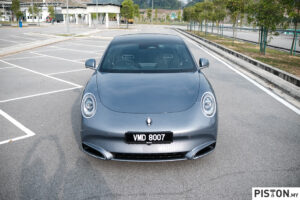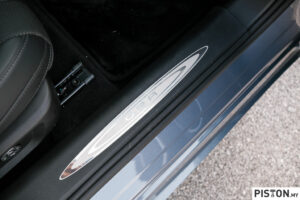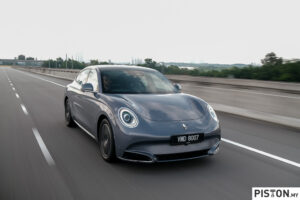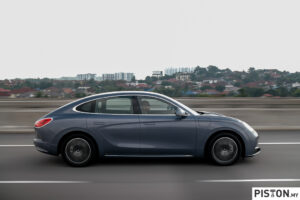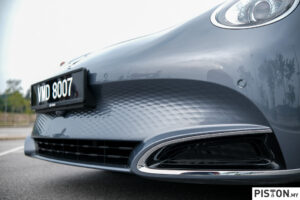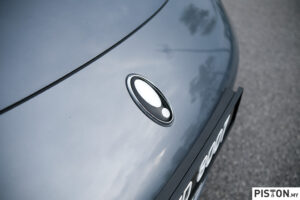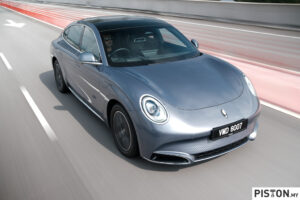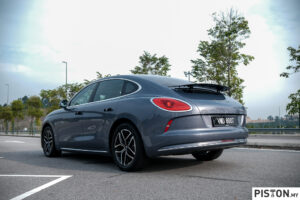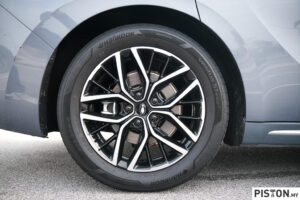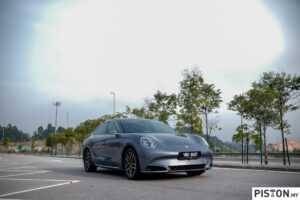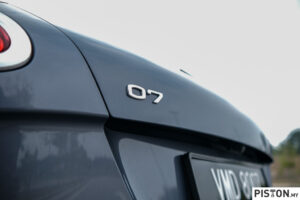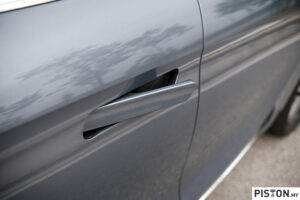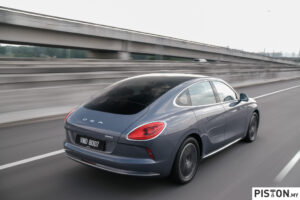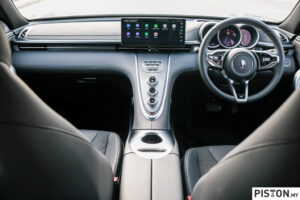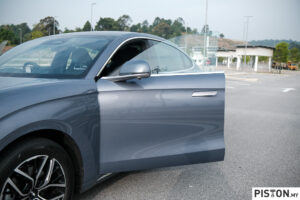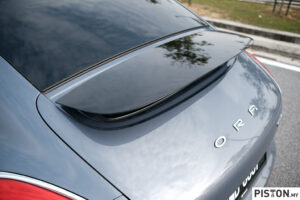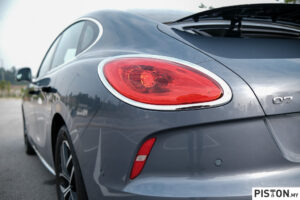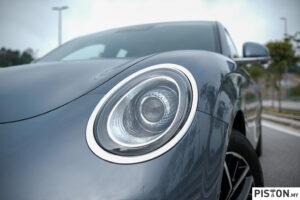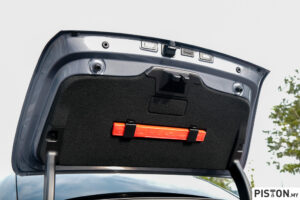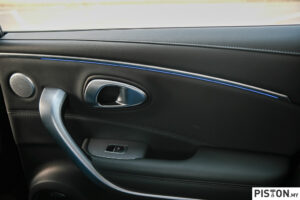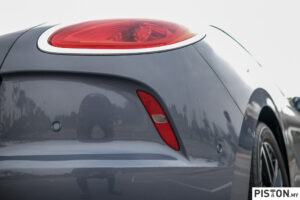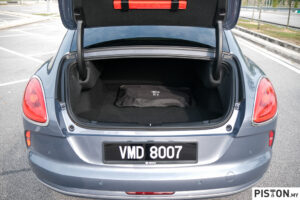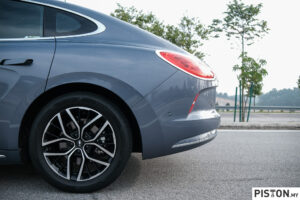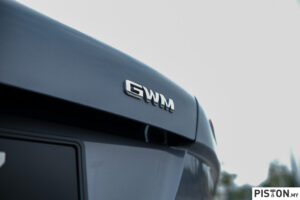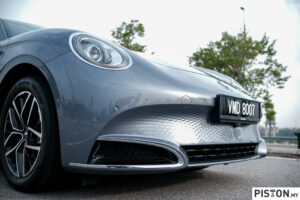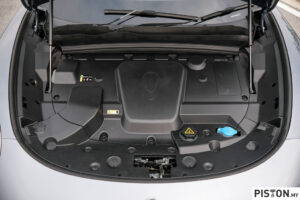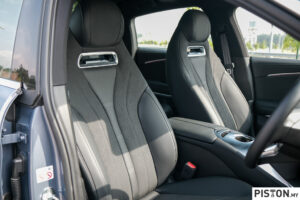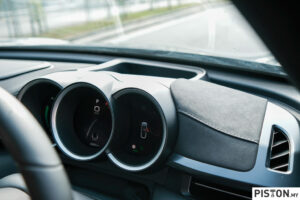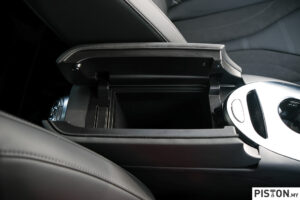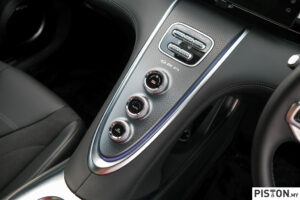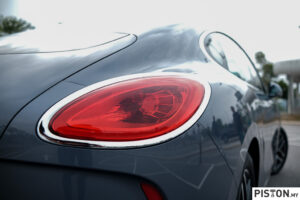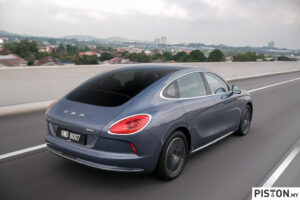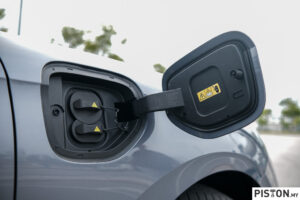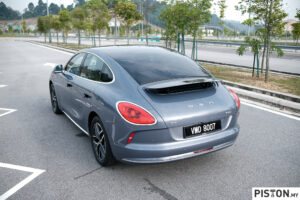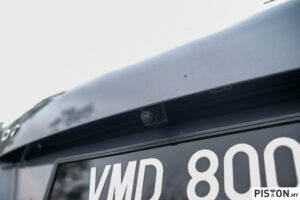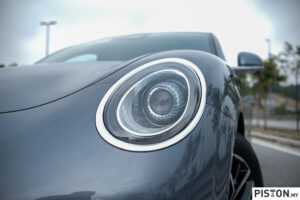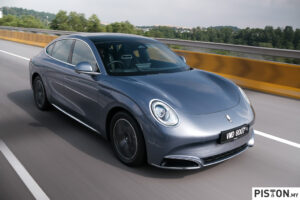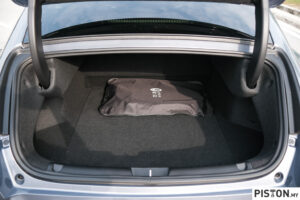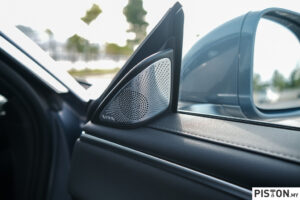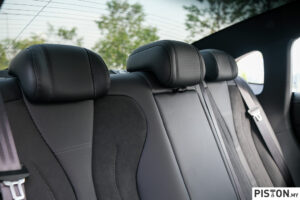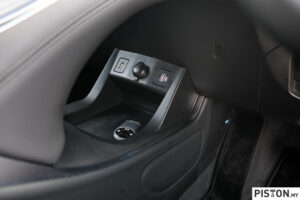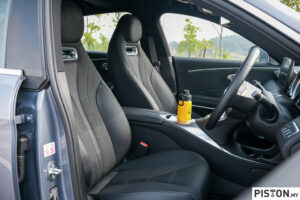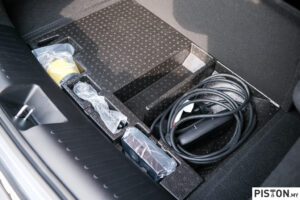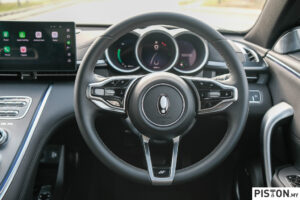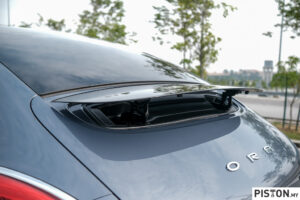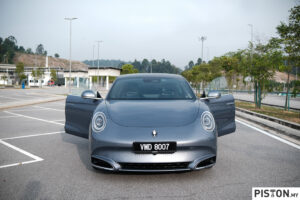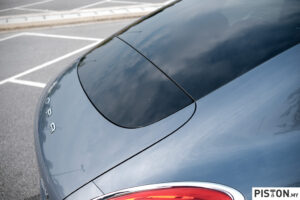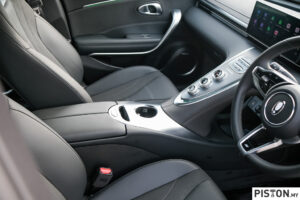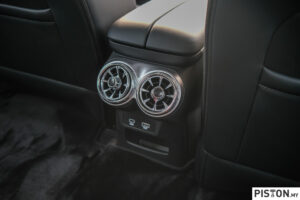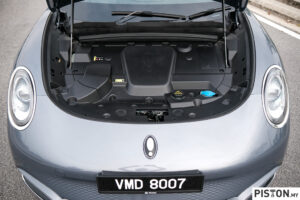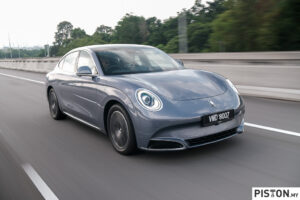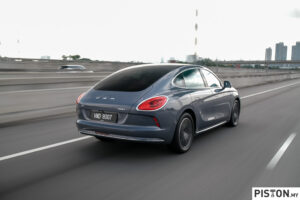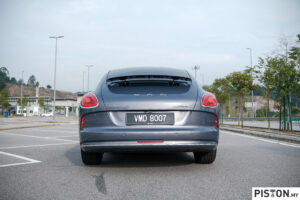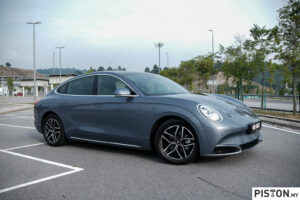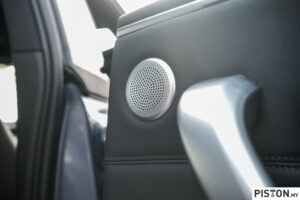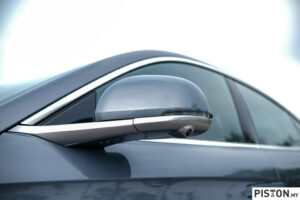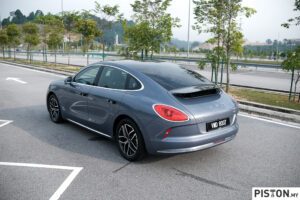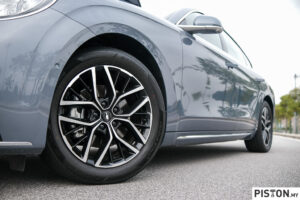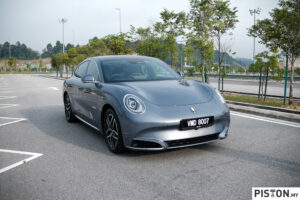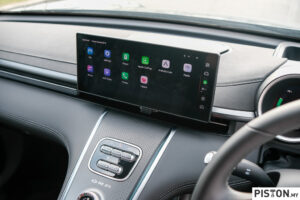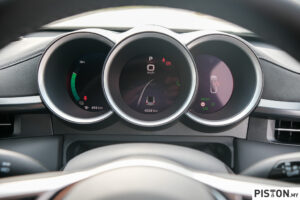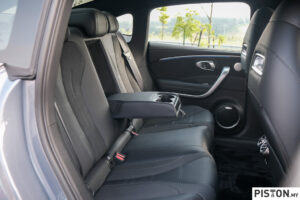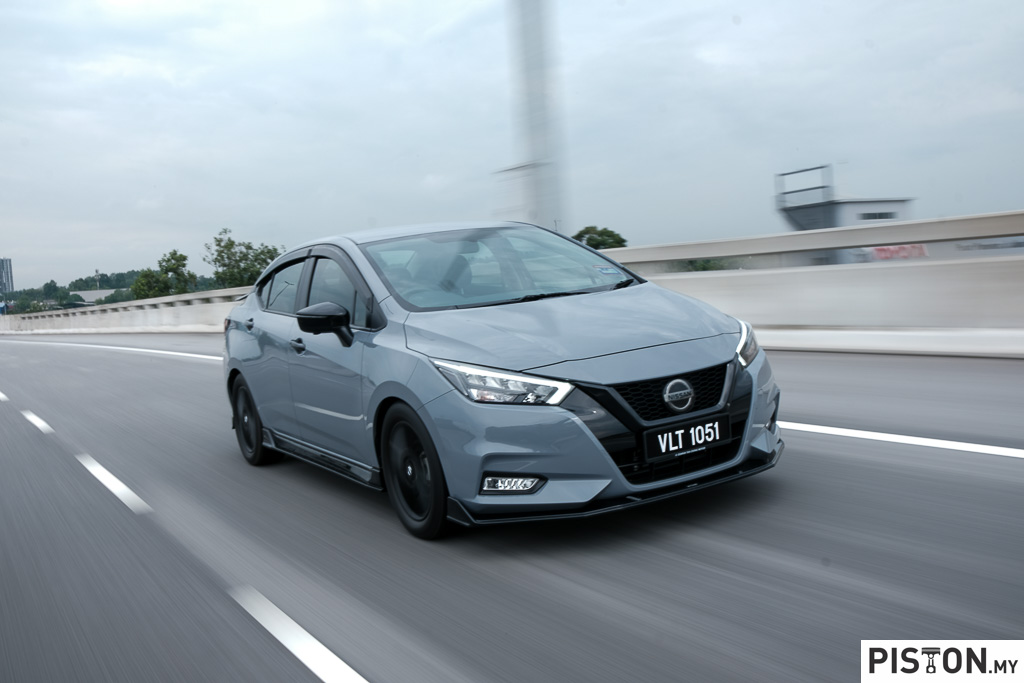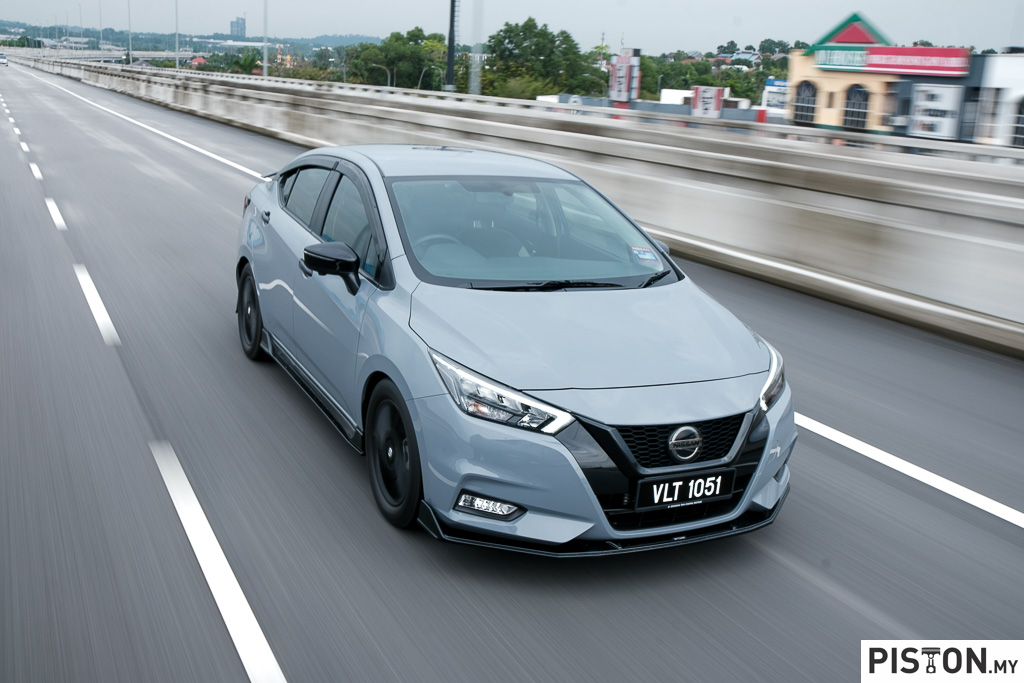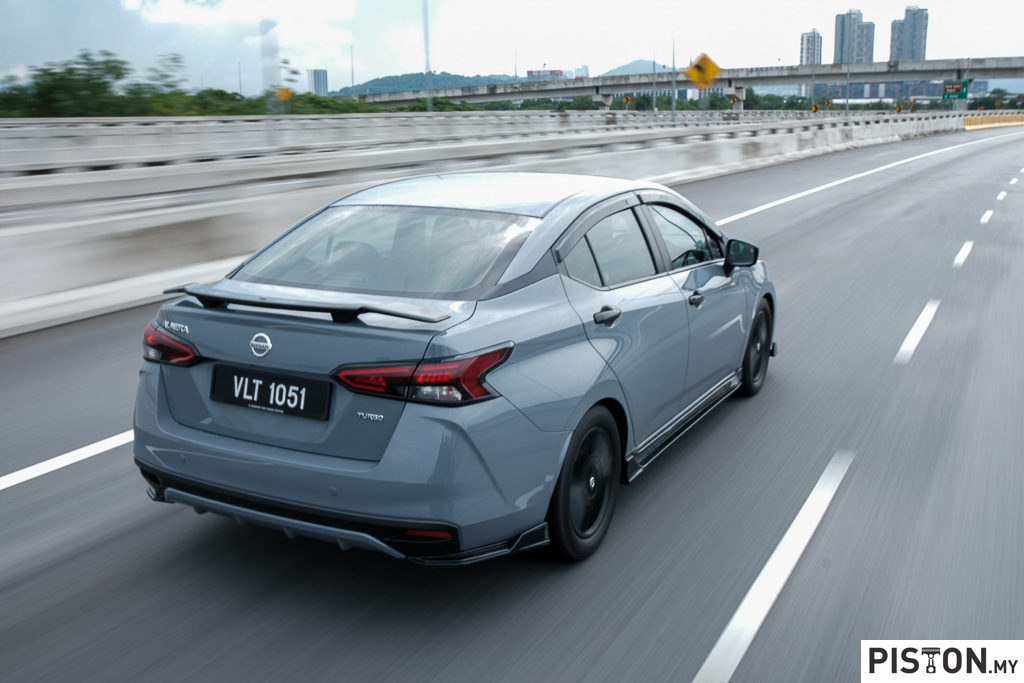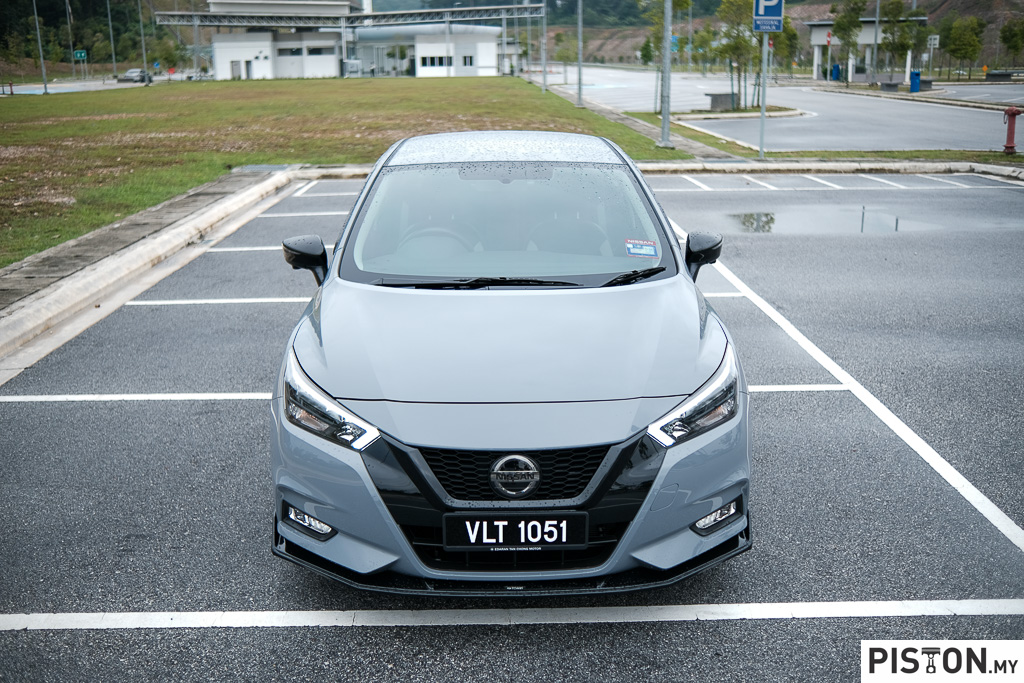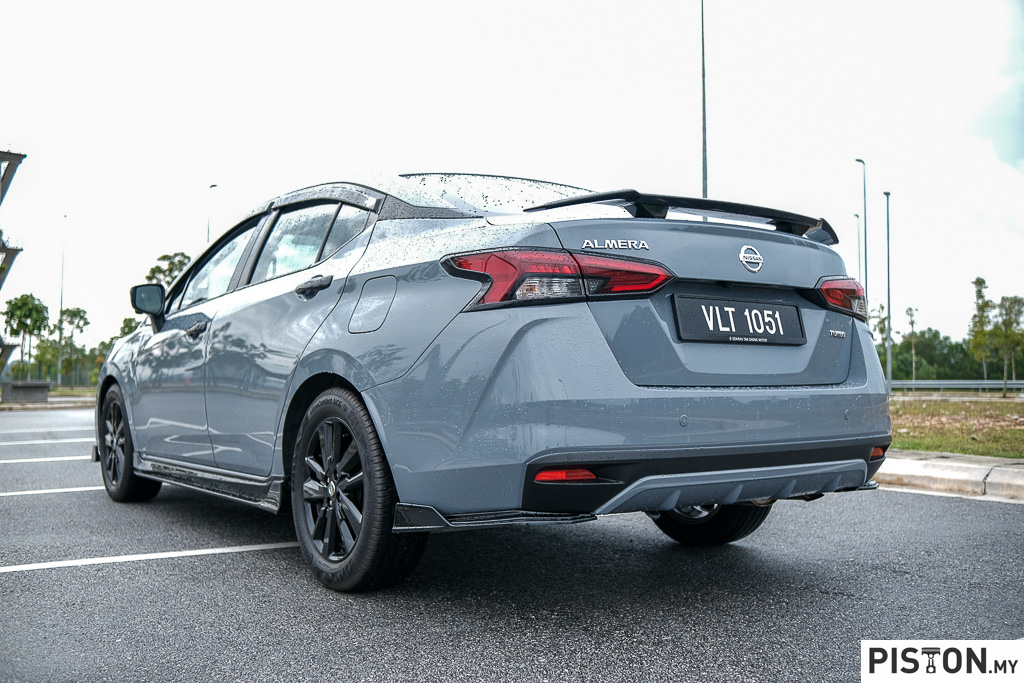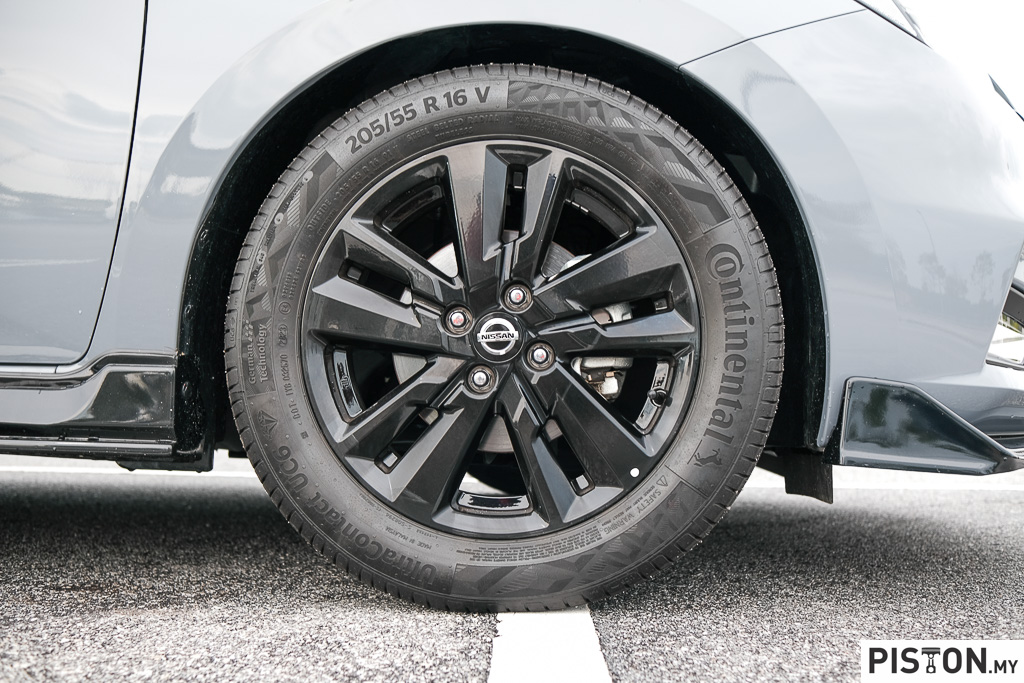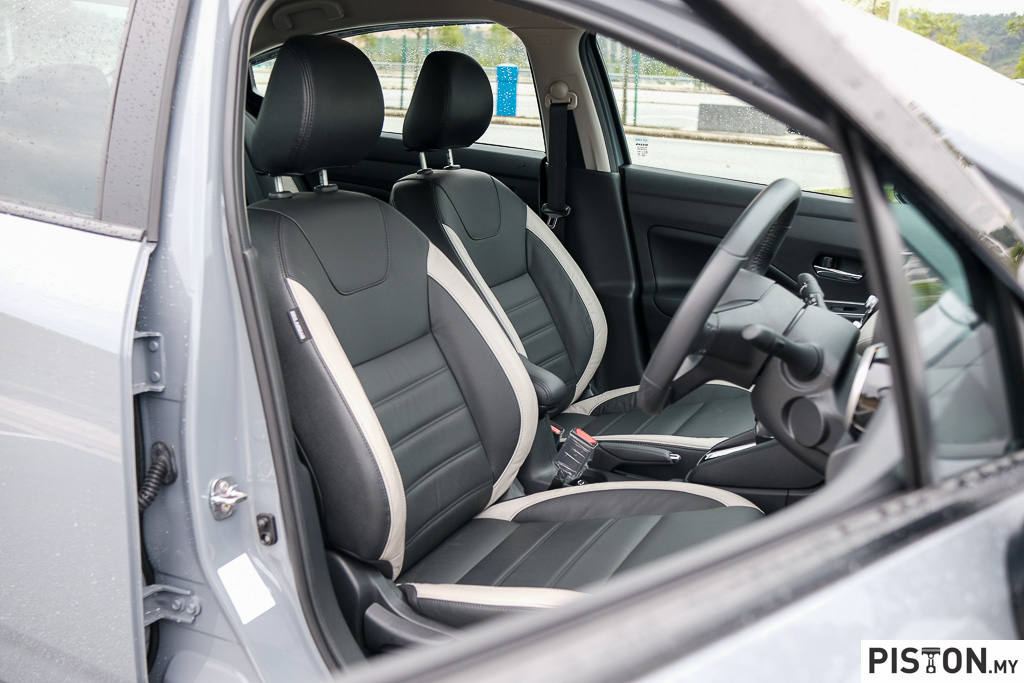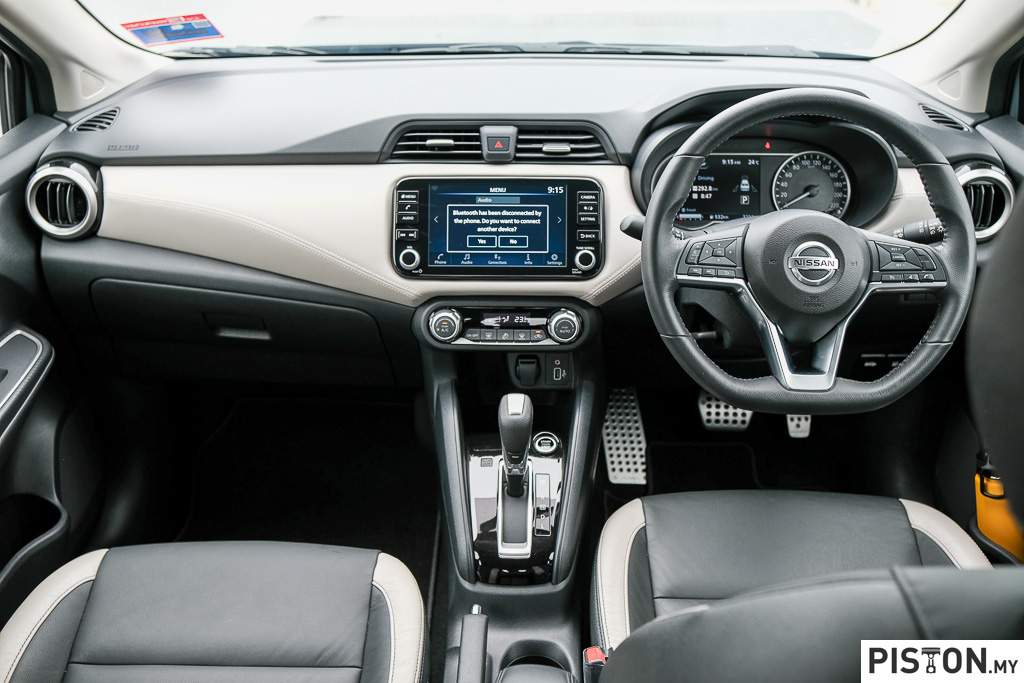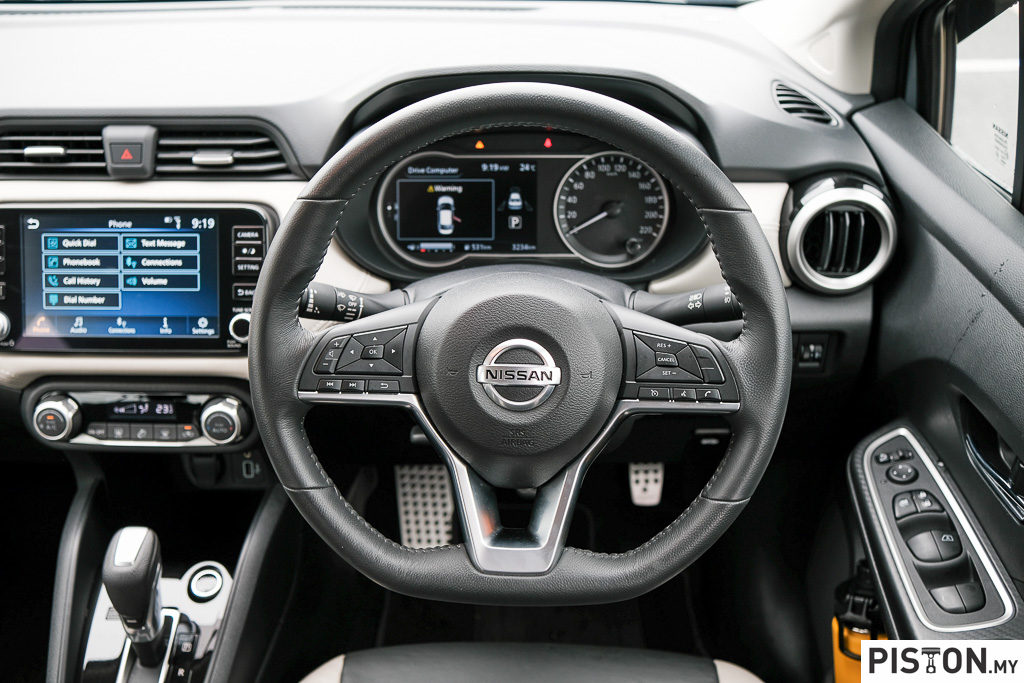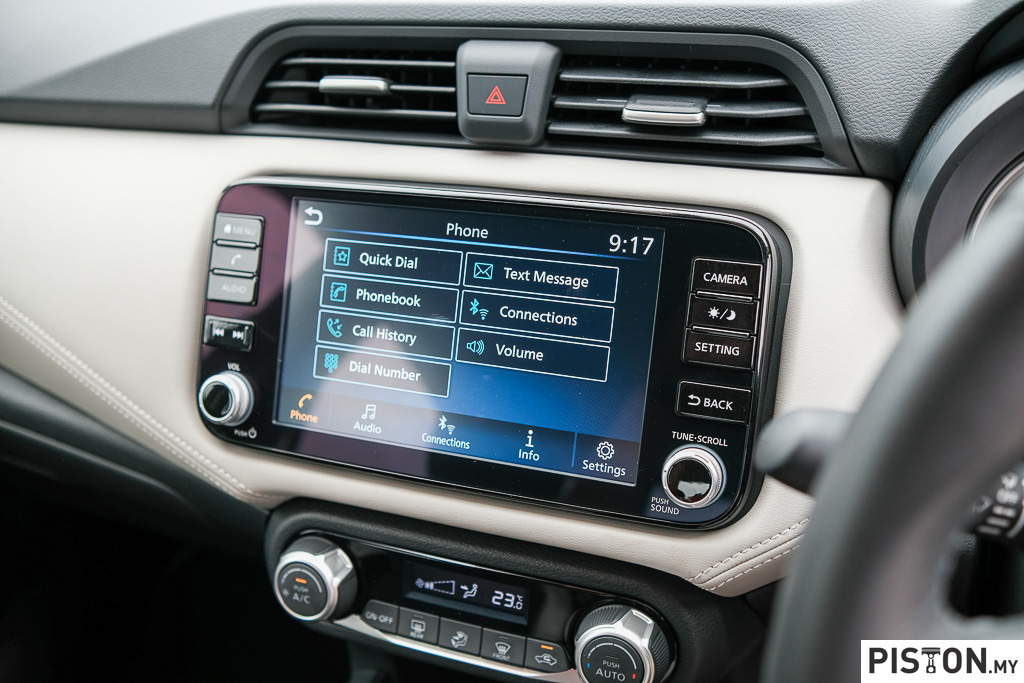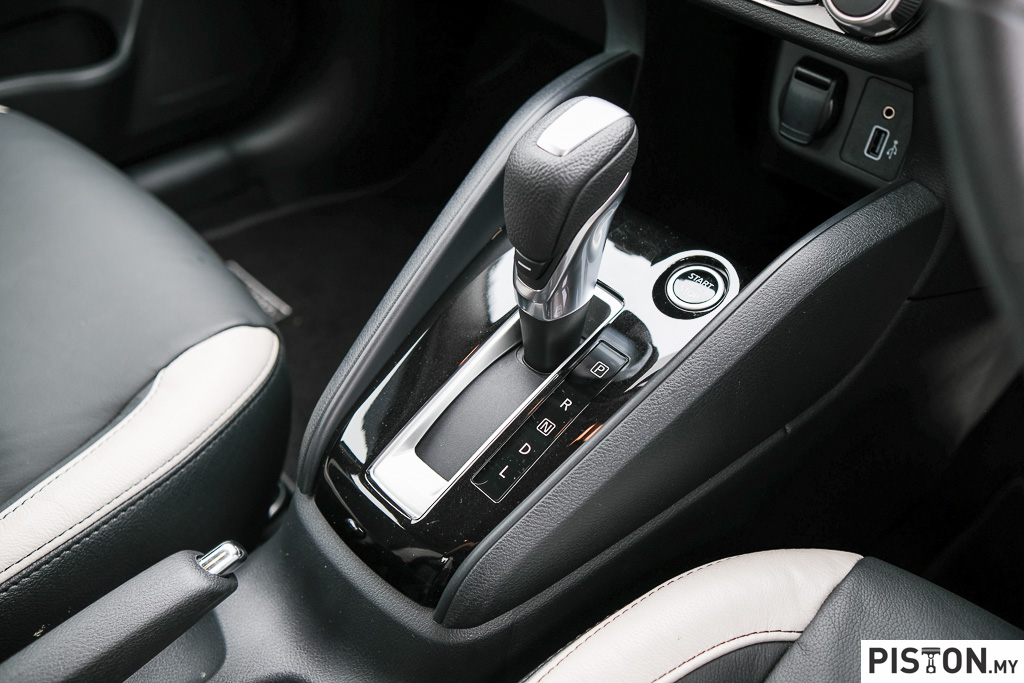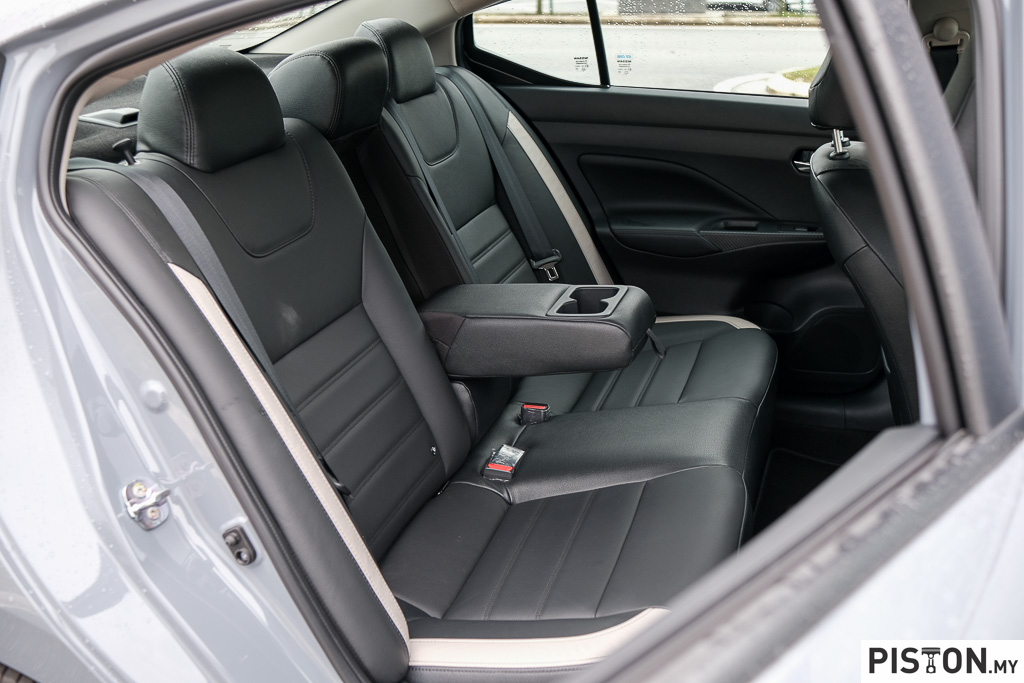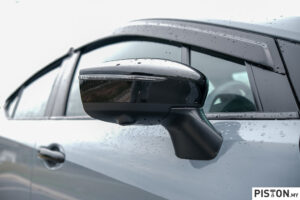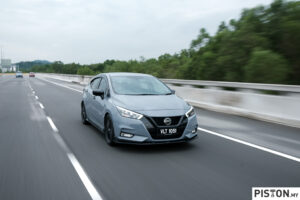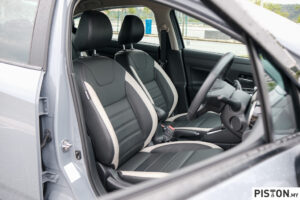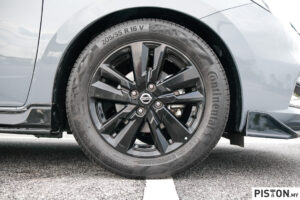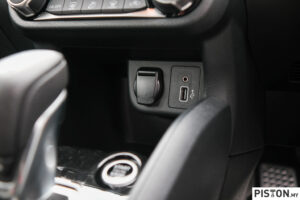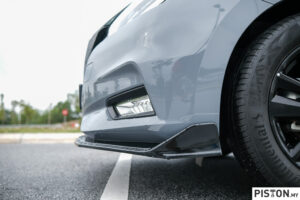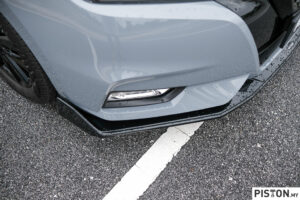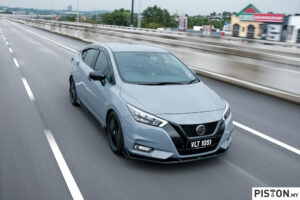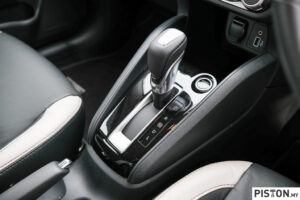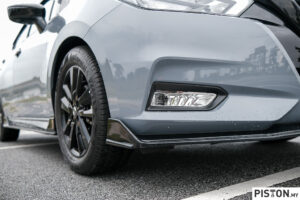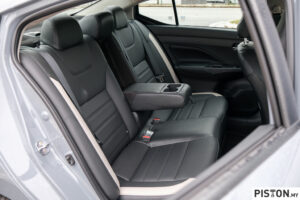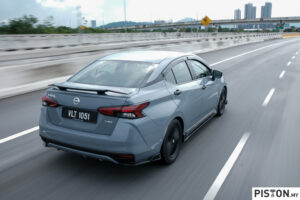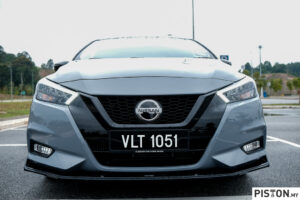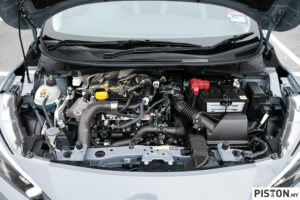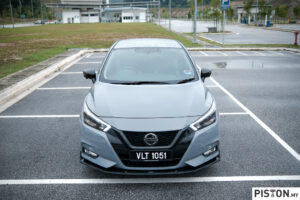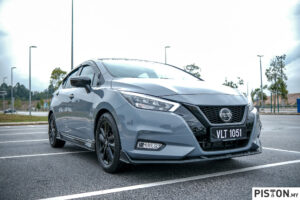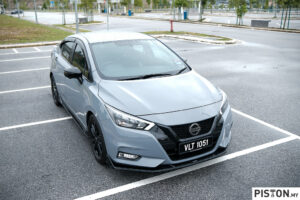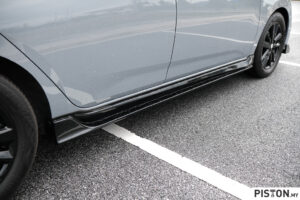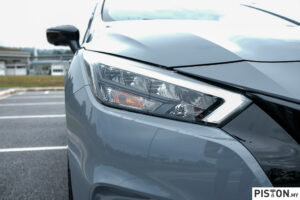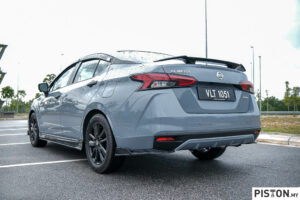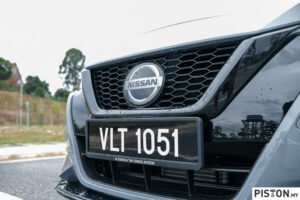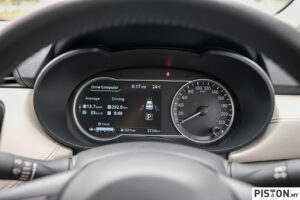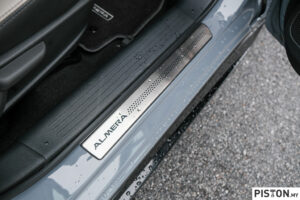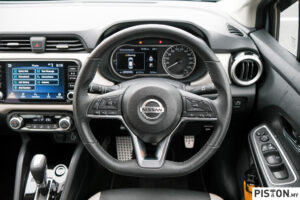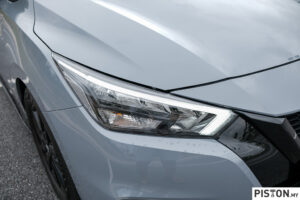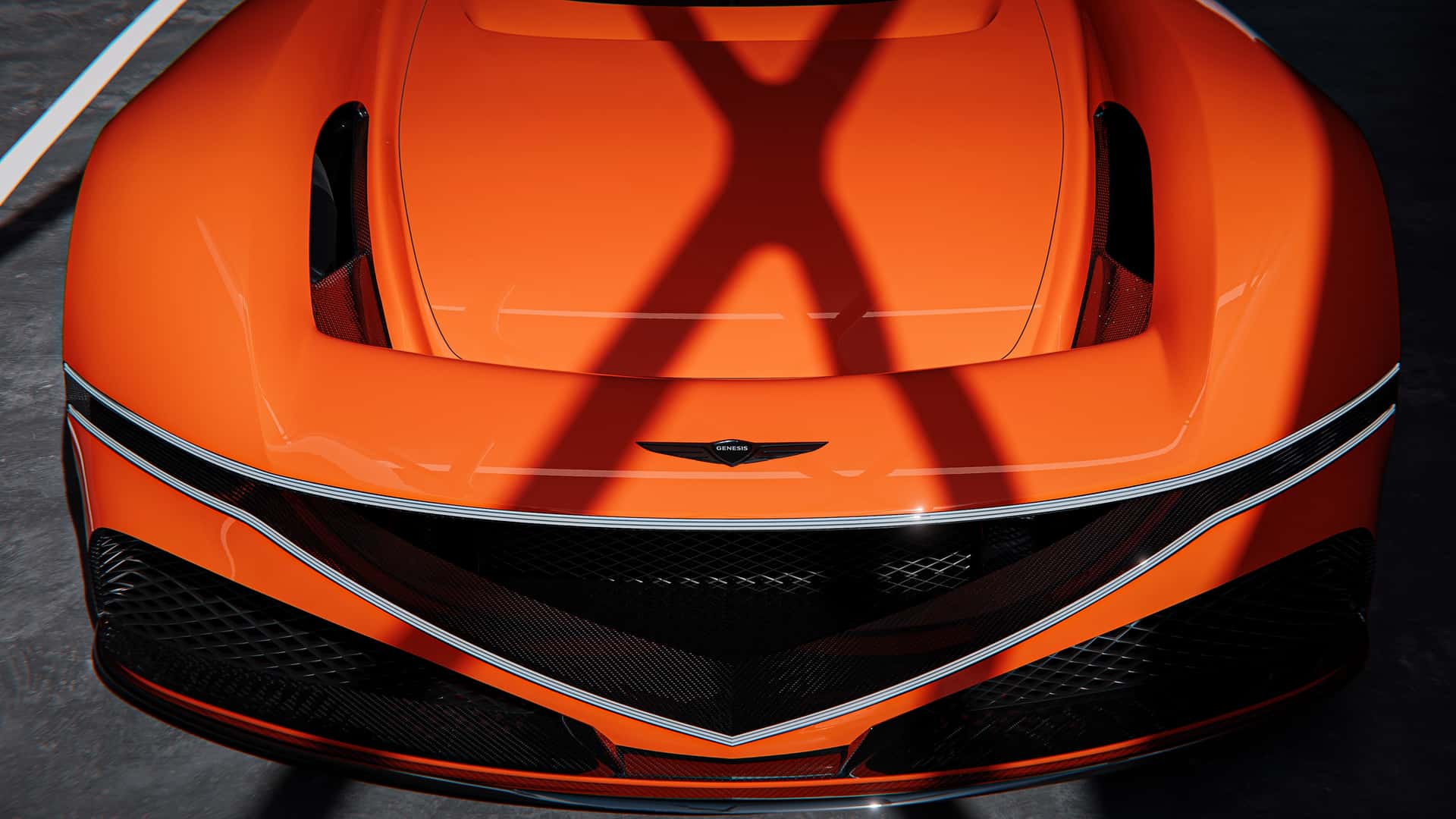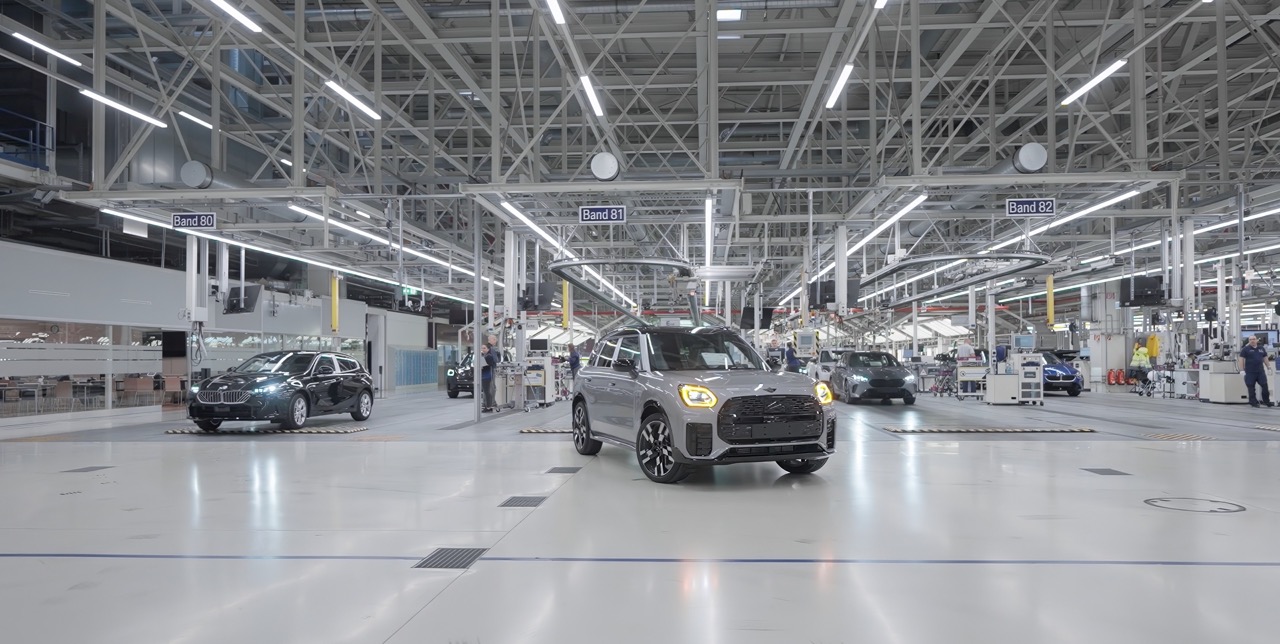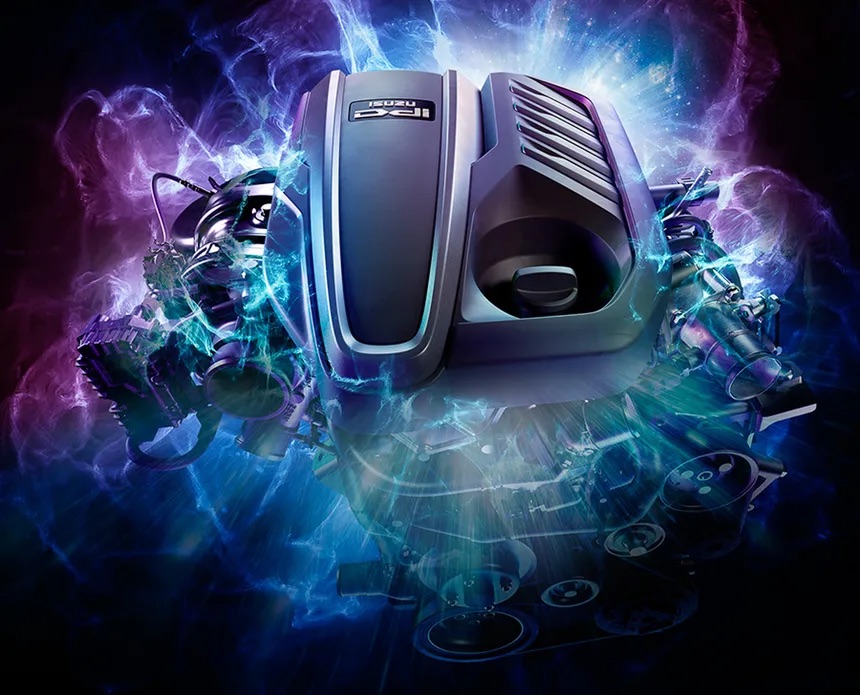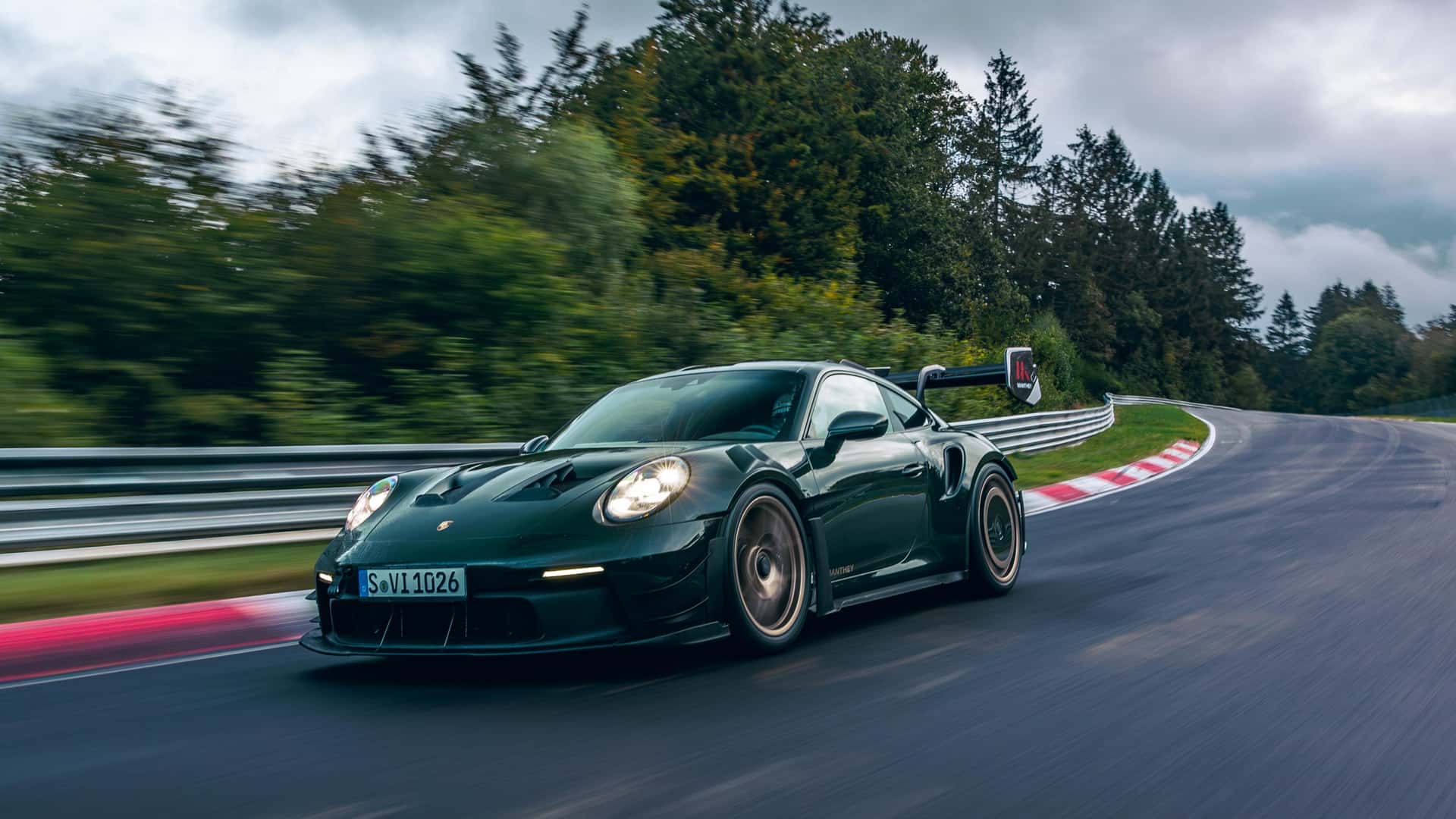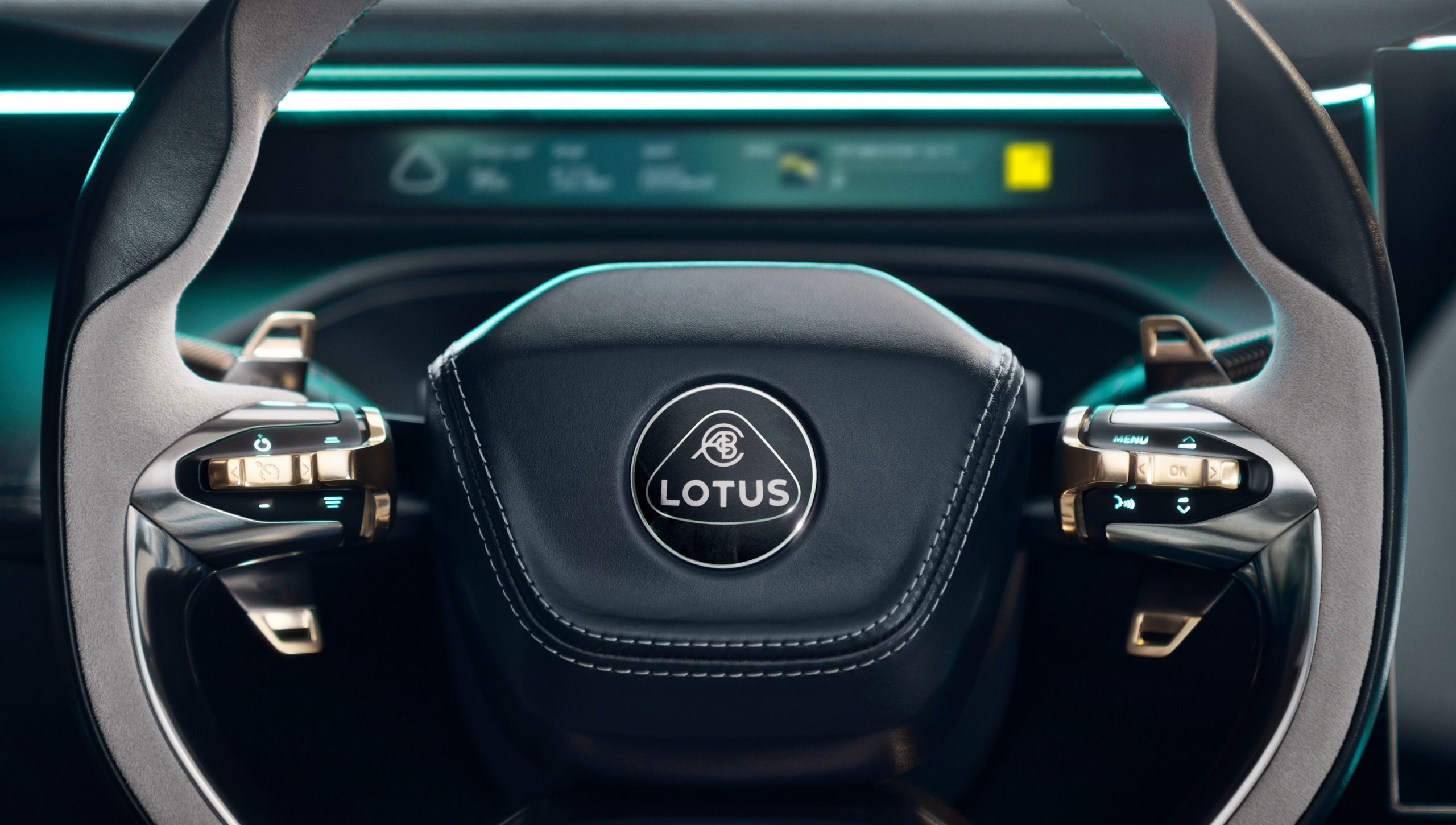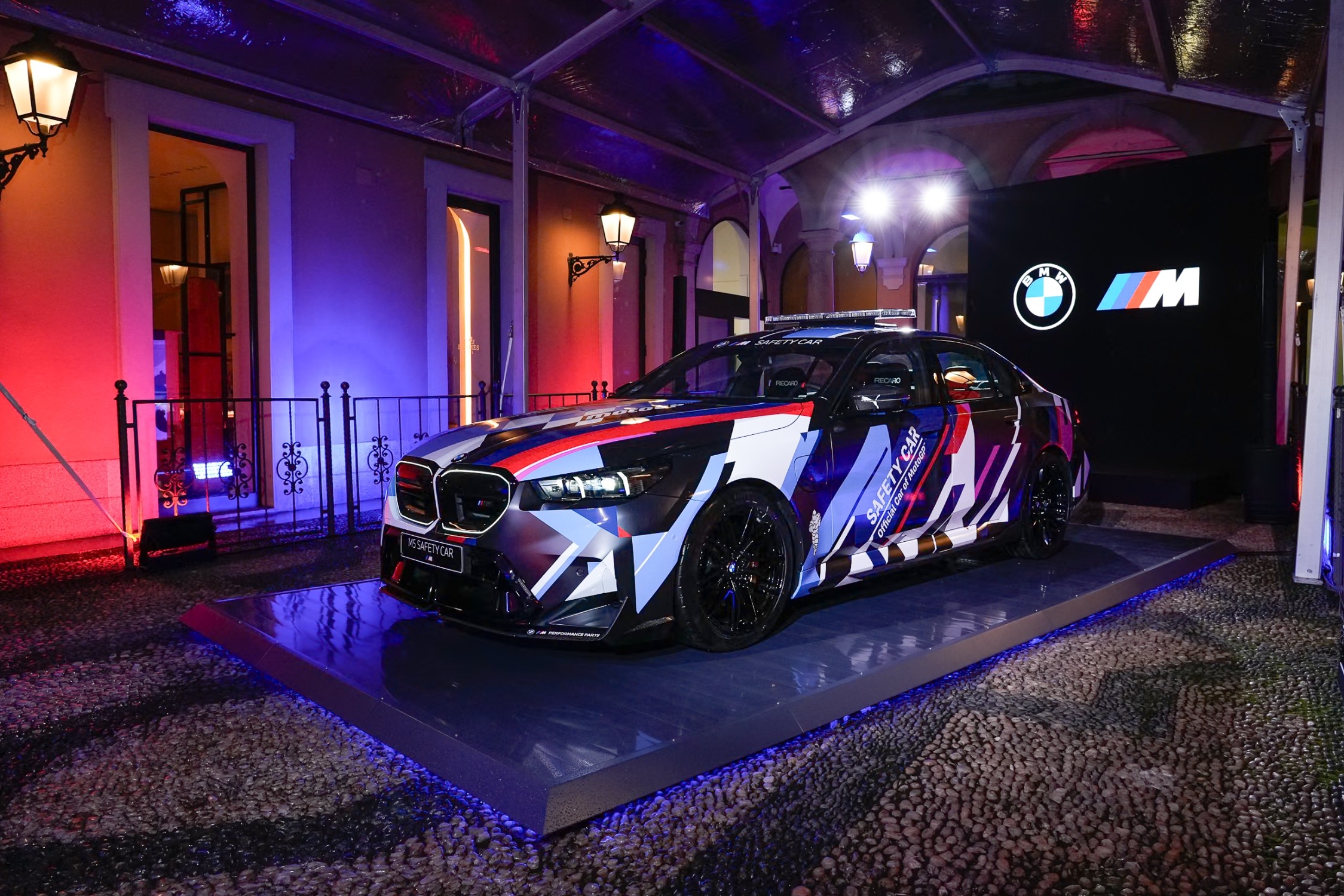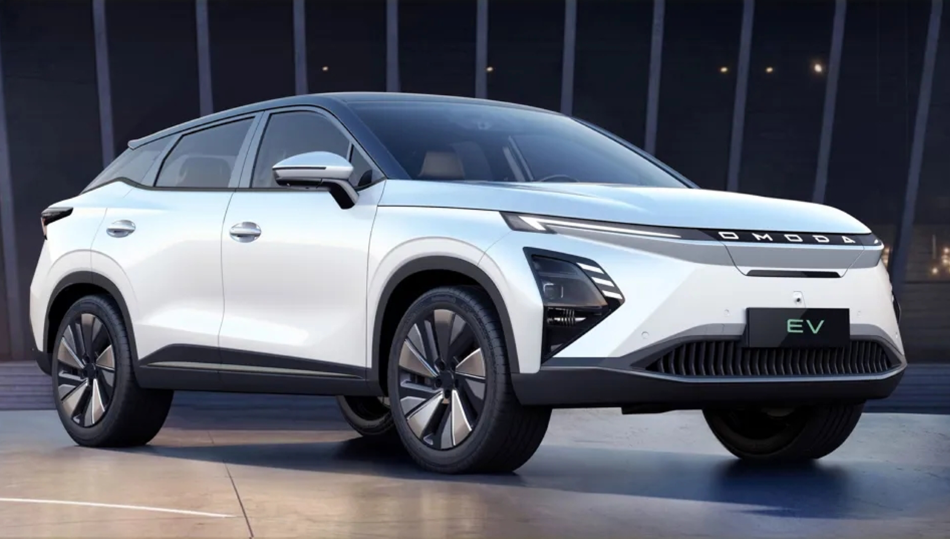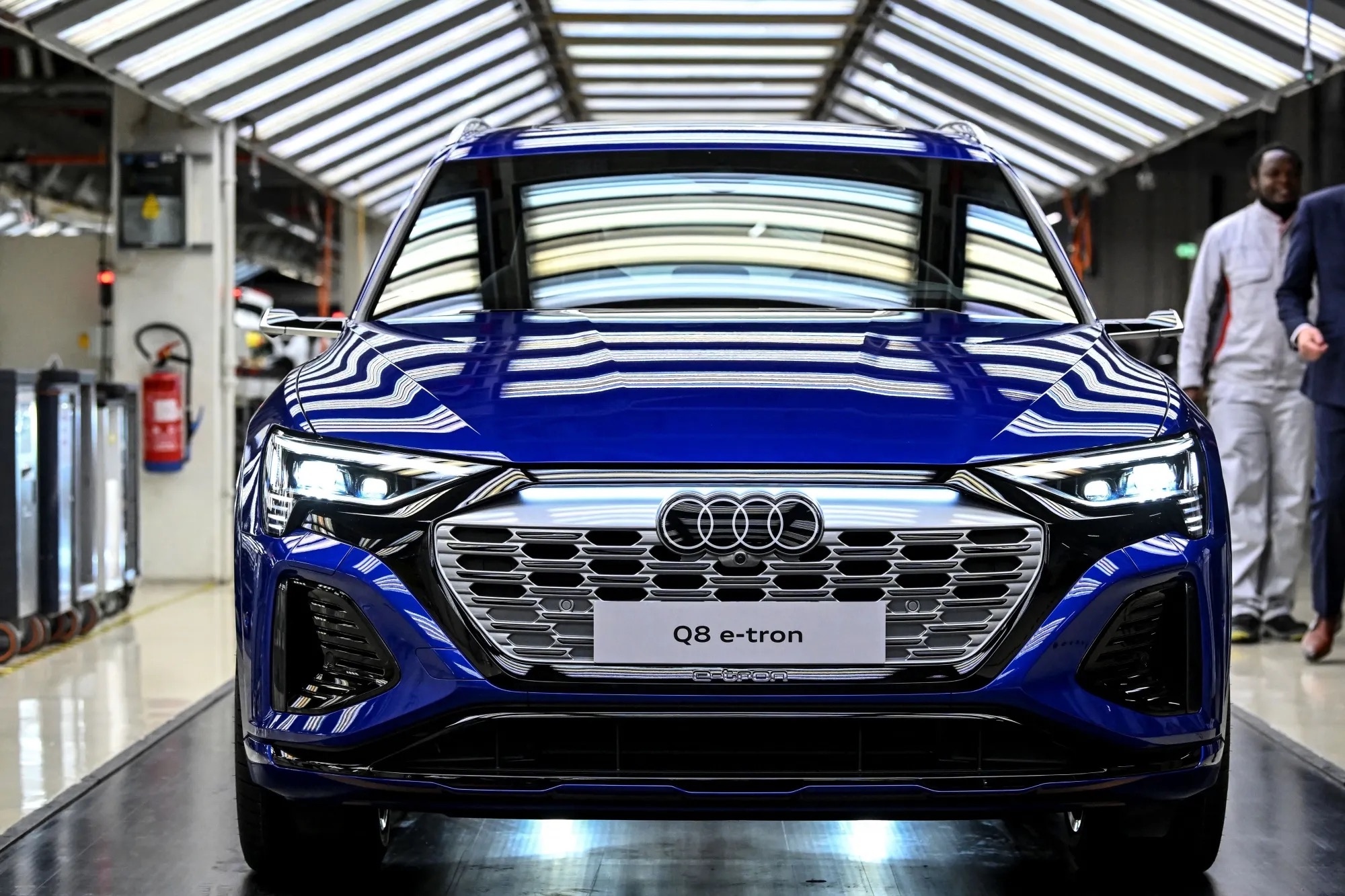Like them or not, electric vehicles are now an important part of the vehicular ecosystem. Not only in Malaysia but across the world, and they are here to stay.
But let’s get one thing clear, contrary to popular belief, EV’s are not here to replace cars that run on an internal combustion engine, they will simply co-exist.
Now before you dismiss this as nonsense, let’s just give this a thought.
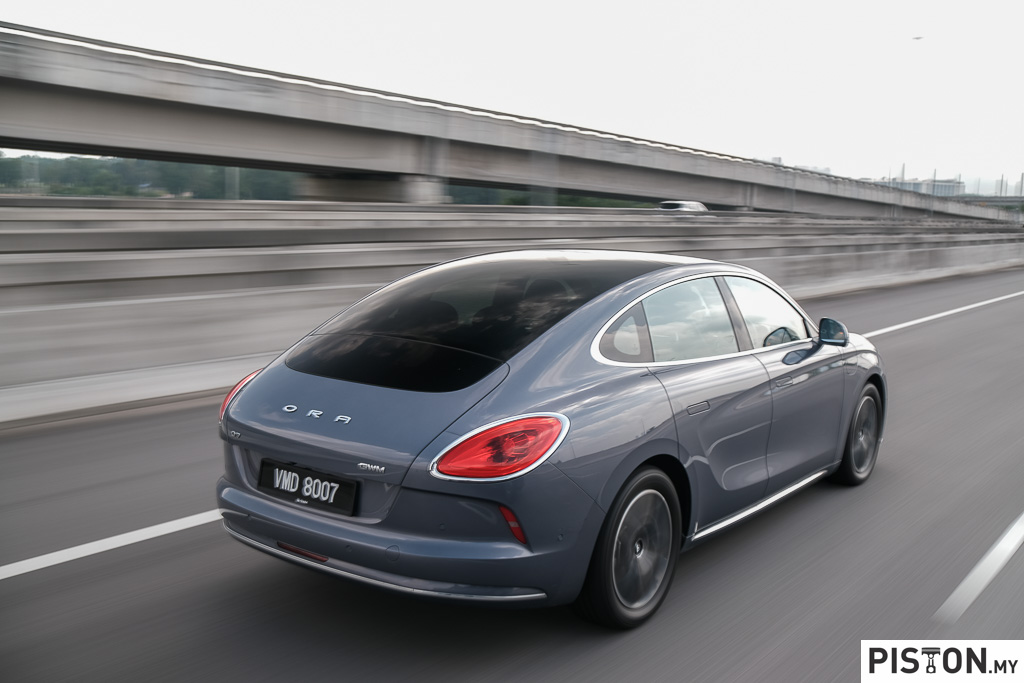
Internal combustion engines have been around for decades. Car makers and governments realised a long time ago that engines and fossil fuels are dirty, and they are no good for the environment.
Fossil fuels have been blamed for global warming and this has in turn forced governments to introduce laws that will ensure car makers only introduce cars, bikes and trucks that do little to no harm to the environment.
In turn, car makers have responded by introducing technologies that were unfathomable not too long ago. Technologies such as hybrid systems, thermal management systems, regenerative braking systems, and even the humble stop/start system are all products of the continuous search for the holy grail of modern transportation – zero emissions.
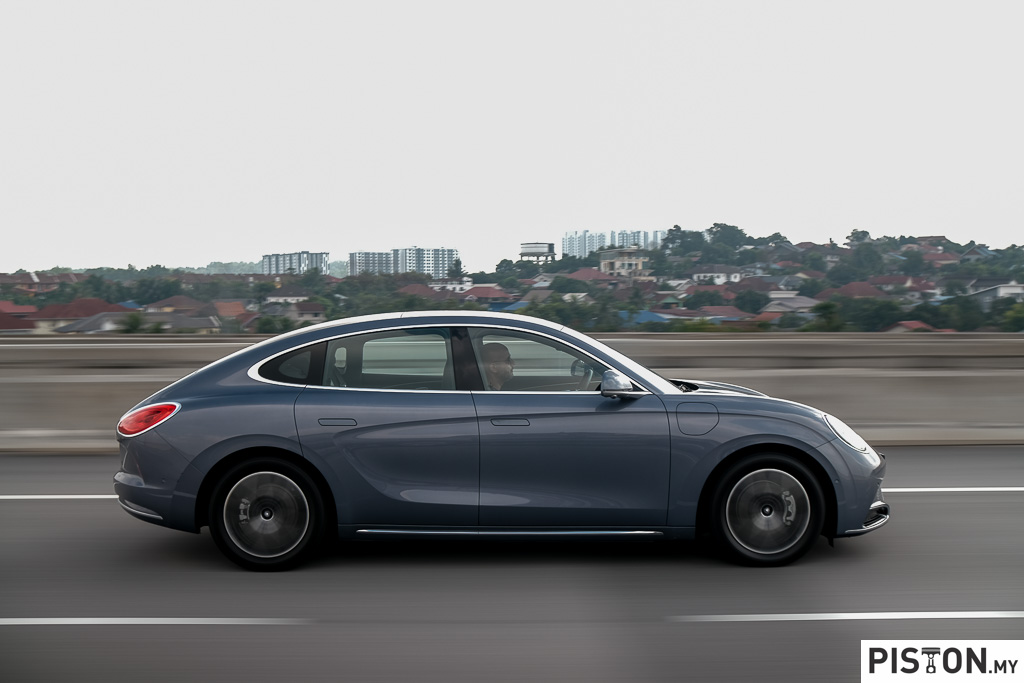
Could you have imagined 10 years ago that cars could would one day be able to travel up to 100km on just 3.6 litres of fuel? Honda achieved that astonishing feat with its City hybrid, and that tech is just going to get better.
Cars that run on fossil fuels today have never been more efficient. In fact, one could even argue that EV’s themselves are not very clean either since the source of power itself might be dirty, i.e., nuclear, coal or even wind turbines and solar farms that disrupt landscapes and require cabling systems to transfer powers to homes and industries. These cables run under or above ground which in turns disrupts precious habitats and such.
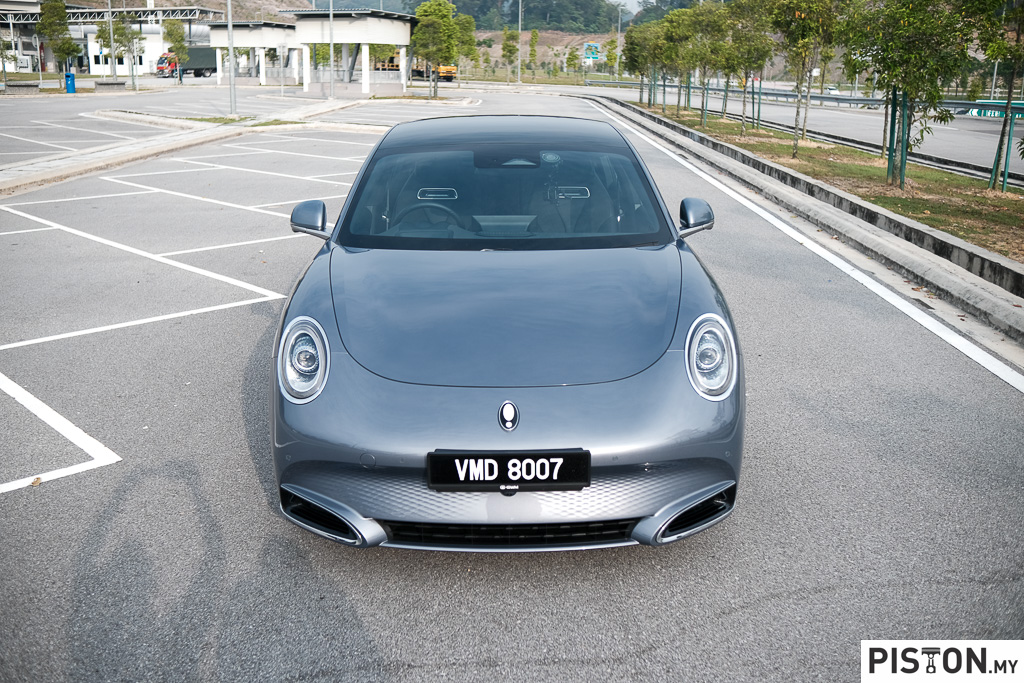
You could also argue that the massive amounts of mining that is needed to produce energy storing batteries is equally as disruptive to nature as the oil industry is.
There is obviously no winning here. But it is hard for some people to accept this fact.
Some argue that EV’s are the only way for the planet to be saved and that cars that run on internal combustion engines are as bad for the world as Lucifer himself.
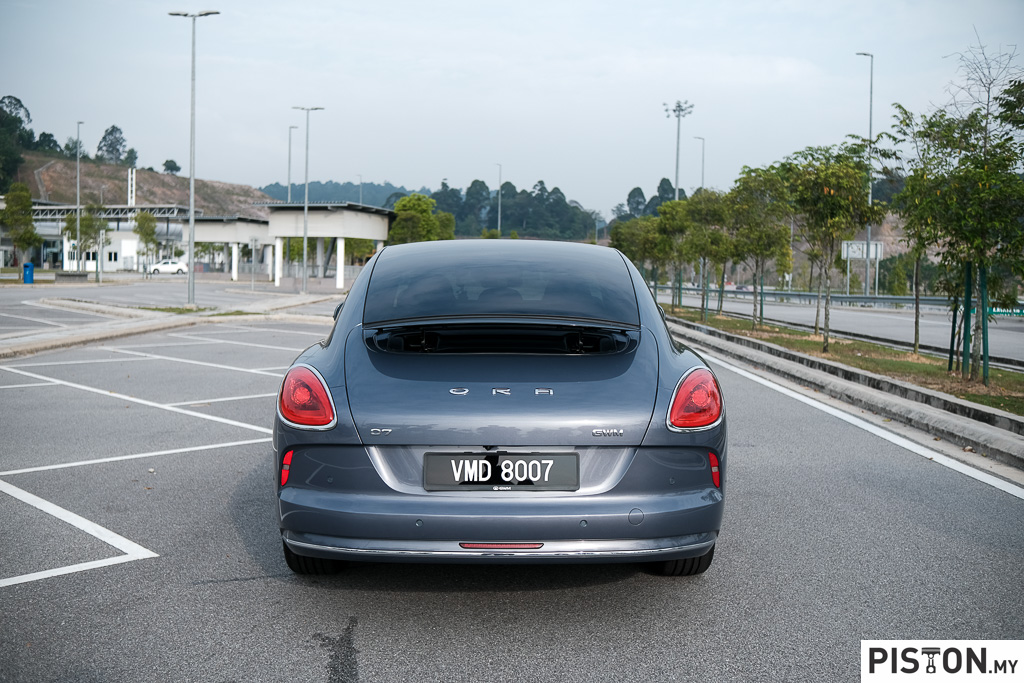
All you have to do is visit any discussion page on Facebook or an online forum and you could be entertained (or irritated) for hours just reading comments from netizens having a go at each other about which powertrain is better.
Friends, like it or not the fact is that they are both good. Internal combustion systems are needed because a petrol- or diesel-powered engine turns the wheels of our economies. The day the final truck, container ship and cargo plane stop running on fossil fuel is the day you could argue that an engine that runs on fossil fuel is obsolete. But I don’t see that happening anytime soon.
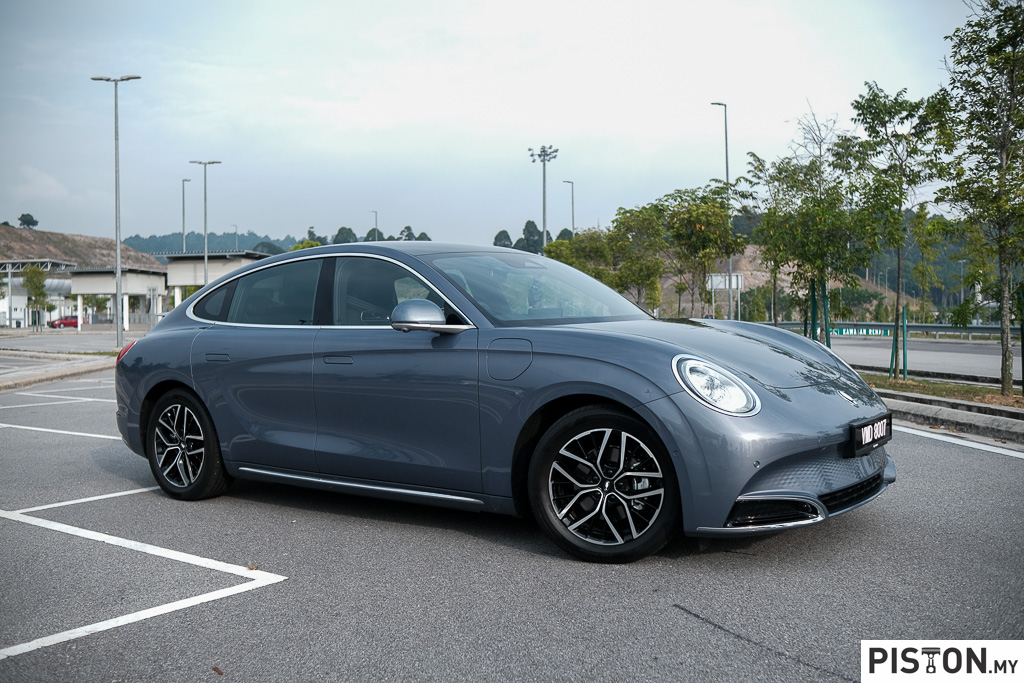
On the other hand, EV’s are great for the urban jungle. If you travel about 50 to 100km’s a day and have access to a charger at home or at the office, an EV is perfect for you. Before you think about arguing that you can also travel outstation in an EV, I agree that you could, in fact you could also ride a bicycle to Penang, but you wouldn’t because it is too far and too inconvenient.
There are plenty of charging stations already, but there aren’t enough. Especially not for festive seasons or long weekends where the number of EV owners sourcing for a charging station is more than usual.
Stories about EV owners having to wait their turn for hours on end while the cars ahead of them charges are not uncommon.
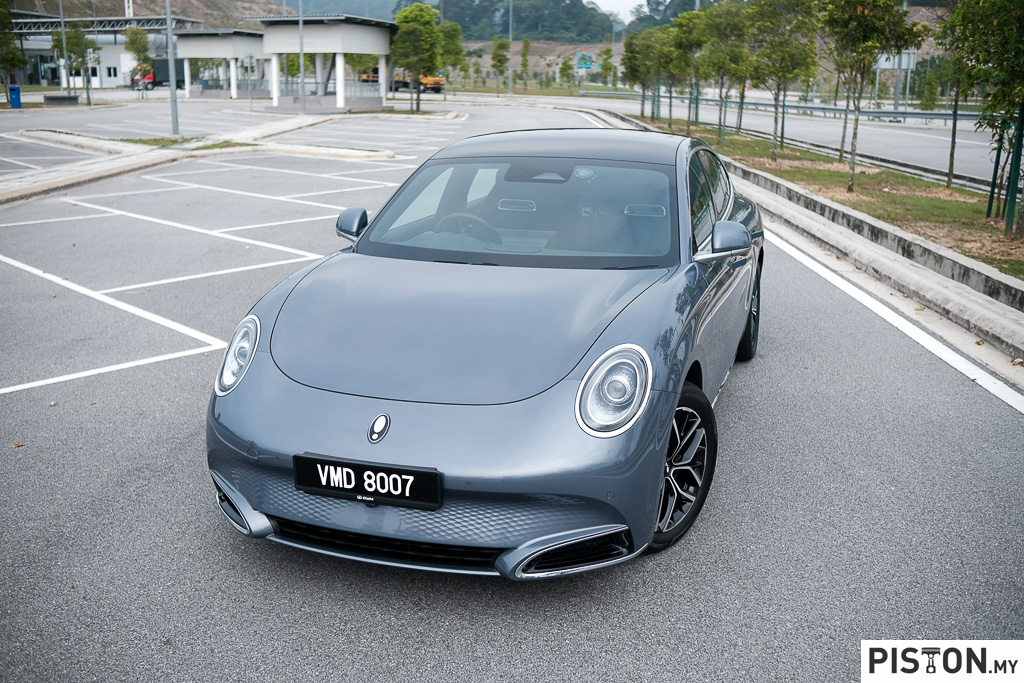
I do have to acknowledge that new charging stations are being introduced on a near weekly basis. And this might soon improve the waiting time and all its associated horrors.
Some car makers have responded to this by introducing cars at both end of the spectrum, makers like Great Wall Motor or affectionately known as GWM.
The Chinese car maker made its debut in Malaysia with the Ora Good Cat back in 2022. The cutesy EV was well received but it was the sole model for GWM Malaysia.
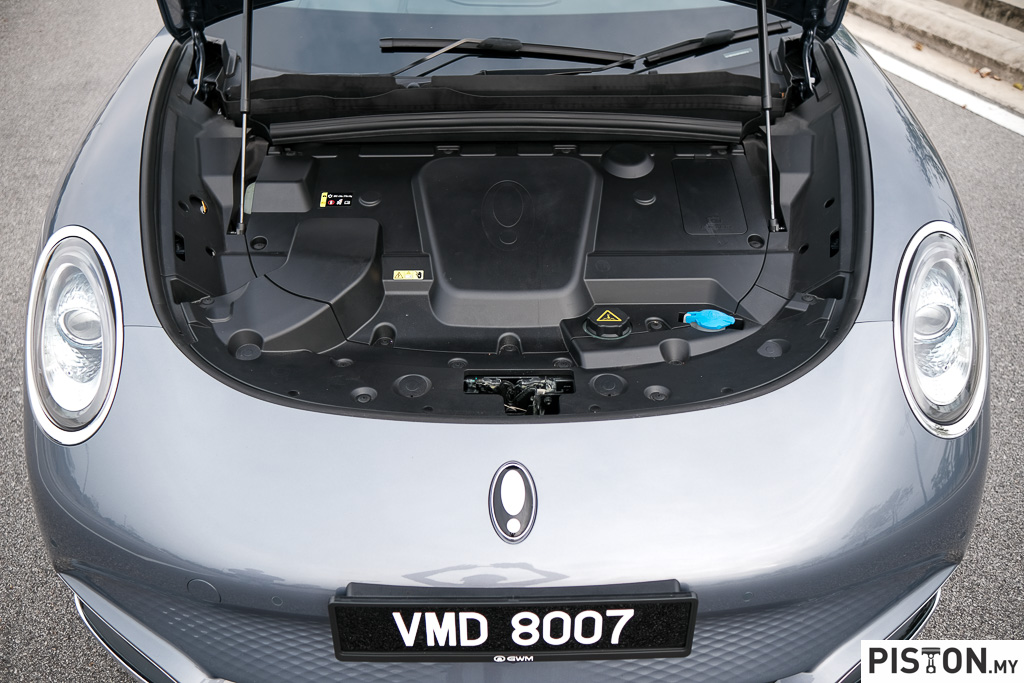
Recently the company made waves once again when it previewed the Tank 300 at the 2024 Malaysia Auto Show. With a speculated price tag of RM260,000, the jeep lookalike with a Mercedes G-Class inspired interior was once again well received. According to GWM Malaysia, the Tank 300 already has close to 200 bookings, and it has not even been officially launched yet.
The Tank 300 runs on an internal combustion engine that is both refined, efficient yet powerful – the holy grail of engines for car makers.
But that’s not to mean that GWM Malaysia is shifting its focus away from EV’s, quite the contrary actually.
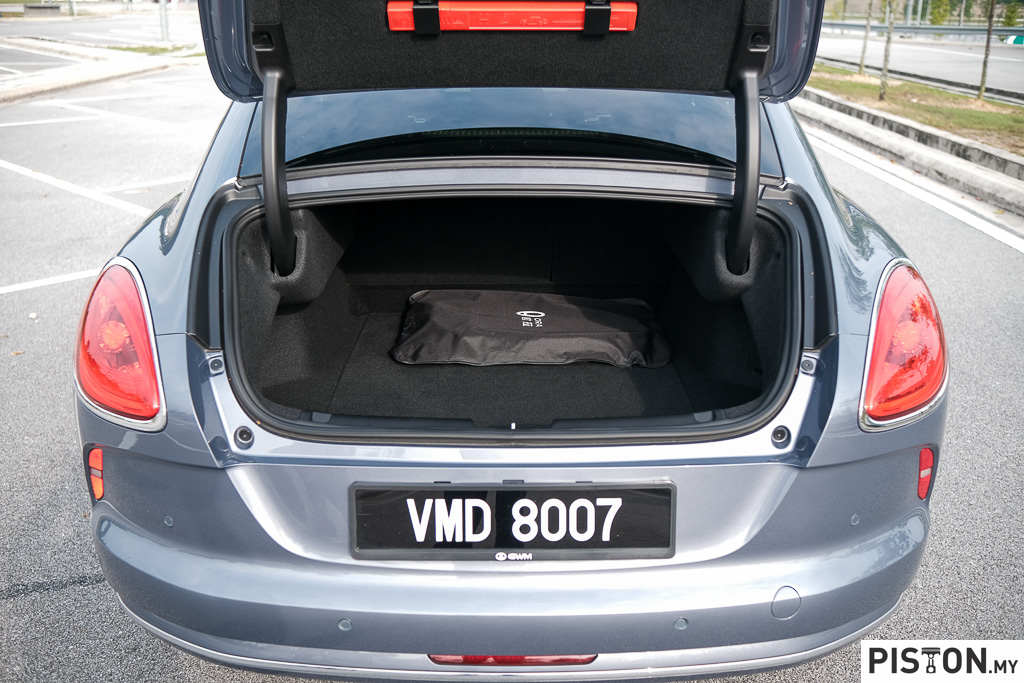
In March of this year, GWM Malaysia reiterated its commitment to the Malaysian market with the introduction of its second EV model – the 07 (pronounced as zero seven).
The 07 is available in global markets in two variants – the Long Range and the Performance. So far, the latter has only been previewed in Malaysia with an official launch set to happen in the coming months.
We drove the Long Range model recently and only have good things to say about it. Well, almost.
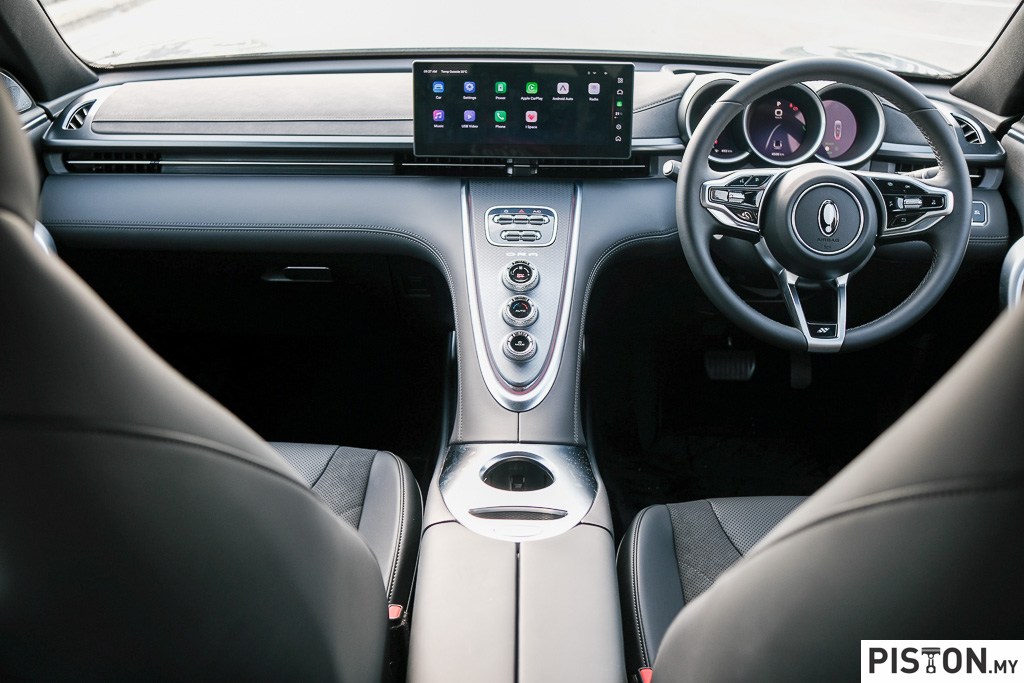
Design is always subjective and the 07 has a love it or hate it design. For the uninitiated, the design of the 07 may seem fresh and original. But for those who are familiar with the automotive industry, the 07 seems to have borrowed some elements from other car makers.
The exterior looks like it has been inspired by the Porsche Panamera, especially the headlights and the way the roof line swoops down and merges to the rear of the car.
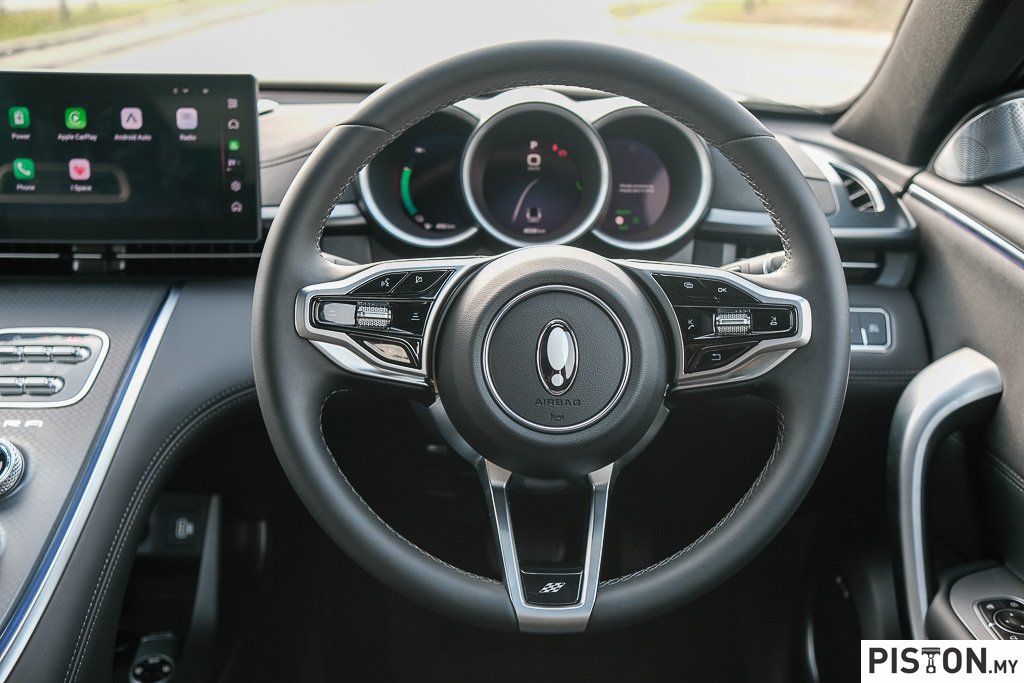
There is also an active rear spoiler that sits tucked away neatly right about the point where the boot lid meets the rear window. Just like the Panamera.
And just like the big Porsche, the spoiler aids aerodynamics when it is in place and actively produces downforce when raised. So, it is not just for show.
But to GWM’s credit, the overall design does look like an evolution of the Ora Good Cat, so the 07 looks very much like it belongs in the GWM family. Afterall, both are built on GWM’s own Lemon platform, so there are bound to be similarities.
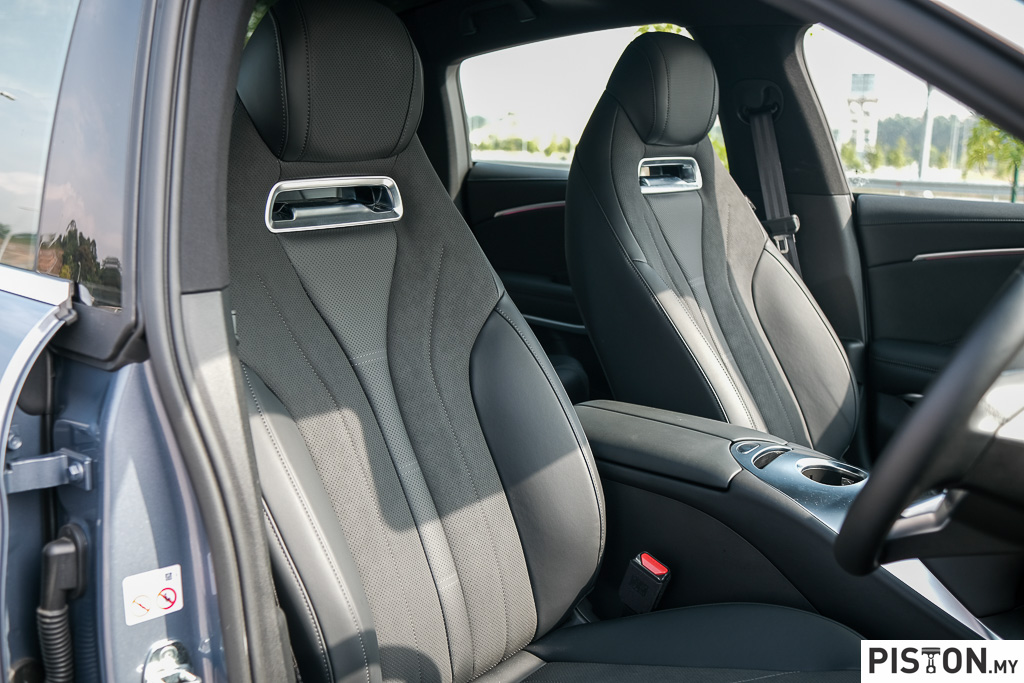
Design continuation is important in the automotive industry yet so is originality. Mercedes-Benz for example seems to have forgotten this with its latest models where the C-Class looks like the E-Class which in turn looks like the S-Class.
GWM on the other hand has hit the nail on its head with its design of the 07, though it may not be to everyone’s palette.
The interior too borrows inspiration from other car makers. Such as the centre panel that drops dramatically to merge with the centre armrest. This looks like it came off a Bugatti. But since 99% of the world’s population will never be able to afford a Bugatti, the design is not a bad thing.
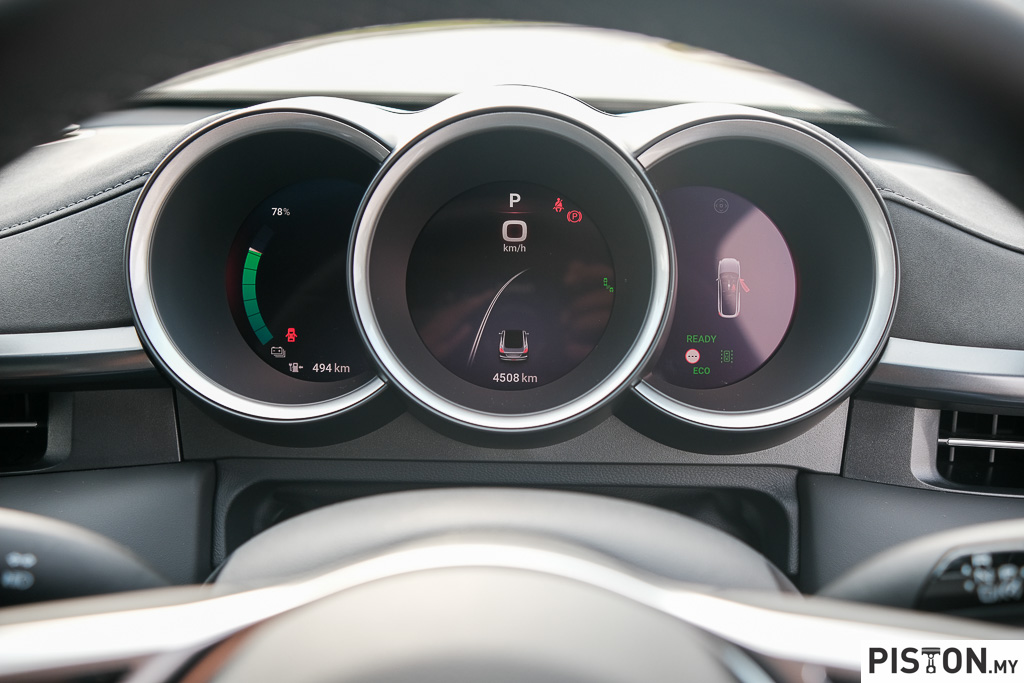
The Porsche inspiration is also evident inside as well, specifically the circular meter panel. But that is about it.
The interior looks and feels like it has been properly thought out. It feels expensive yet simplistic at the same time. And while a number of car makers have a nasty habit of placing all the essential controls in the touchscreen infotainment system, the 07 still uses physical dials and buttons, except for one key thing, which I will get to shortly.
Speaking of the infotainment system, the 12.3-inch touch screen system dominates the centre of the dash and provides access to wireless Apple CarPlay and Android Auto. Music is played back to the cabin through a brilliant 11-speaker Infinity sound system.
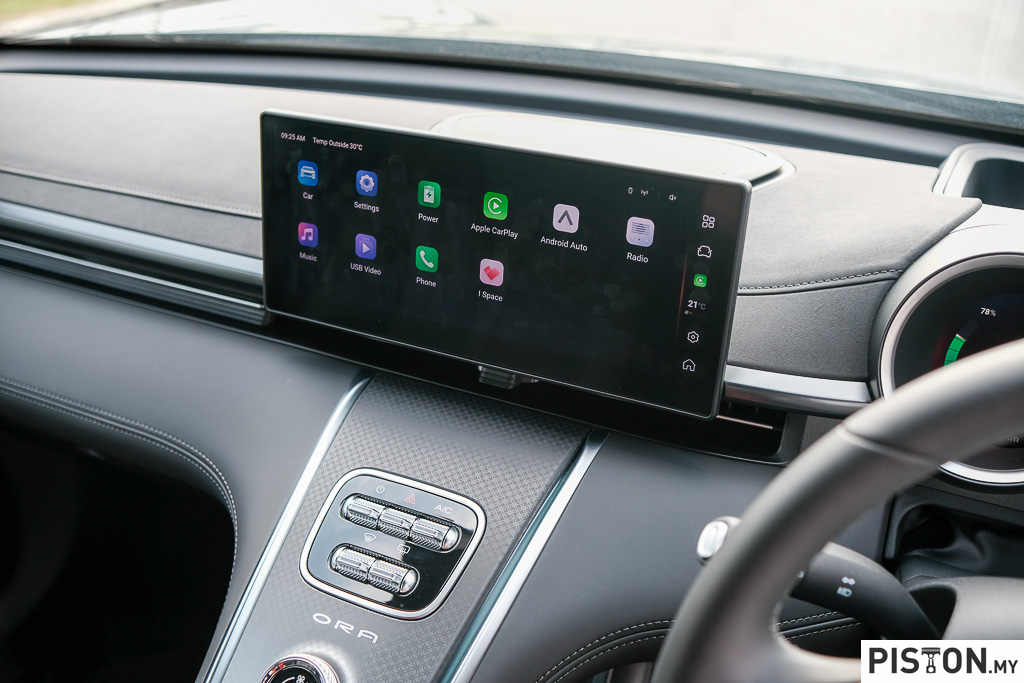
Back to what could have been better – as good as the 07 is, there are just two things that should have been better though out. The air-conditioning vents cannot be adjusted manually and need to be adjusted electronically through the touchscreen system, like you would in a Tesla. This is very annoying especially when you share the car with someone else and need to constantly change the placement of the vents. Or when you’re driving and don’t want the cool air blown to your face.
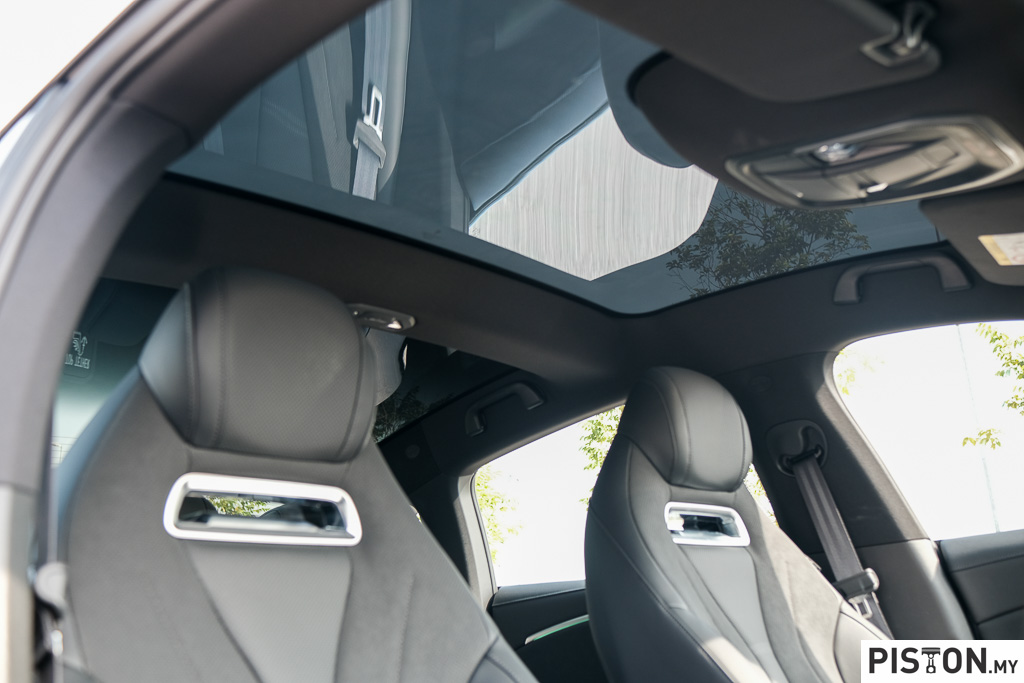
And secondly, the massive panoramic glass roof is made from a single, very large piece of glass which also merges into the rear window. This looks nice and makes the interior feel much more spacious than it is, but it also means that the interior can get very hot. The way to counter this would be to tint the roof but this would mean that you need to sacrifice the aesthetics of the panoramic roof. Unfortunately, there is no shade that you can draw to keep the heat away.
But that’s about it for the GWM 07 Long Range. The interior is a fantastic place to be in and if you don’t like the design of the car, the interior will soon make you forget that.
It is also a very capable car with a single electric motor that puts out 204PS and 340Nm of torque. This may not seem like much but it allows the car to see of the sprint to 100km/h in just 7.9 seconds and tops out at 170km/h.
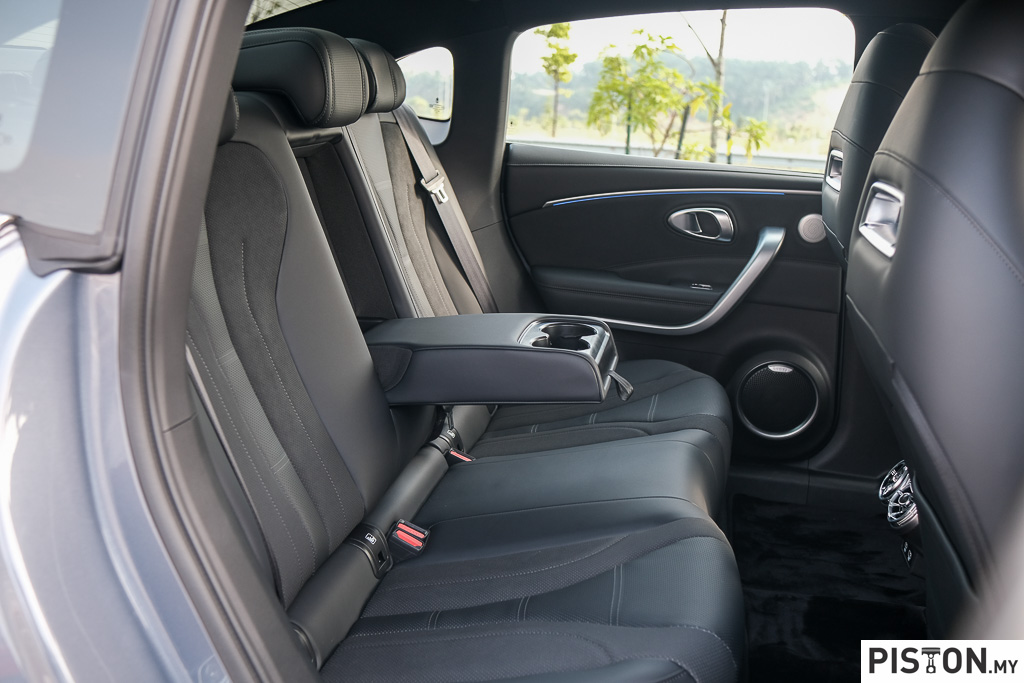
As for range, the 83.5kWh nickel manganese cobalt battery gives a range of 640km on the NEDC cycle. We saw a real world range of about 540km, which is plenty considering that you can charge the car in just 32 minutes with a 88kW DC charge which are easy to come by.
An 11kw home charger will require 15 hours to fully juice up, but there is also regenerative braking that lets you send power to the battery while you drive.
At RM169,800 the Ora 09 Long Range sits squarely in the crosshairs of the likes of the Tesla Model 3 and the BYD Seal.
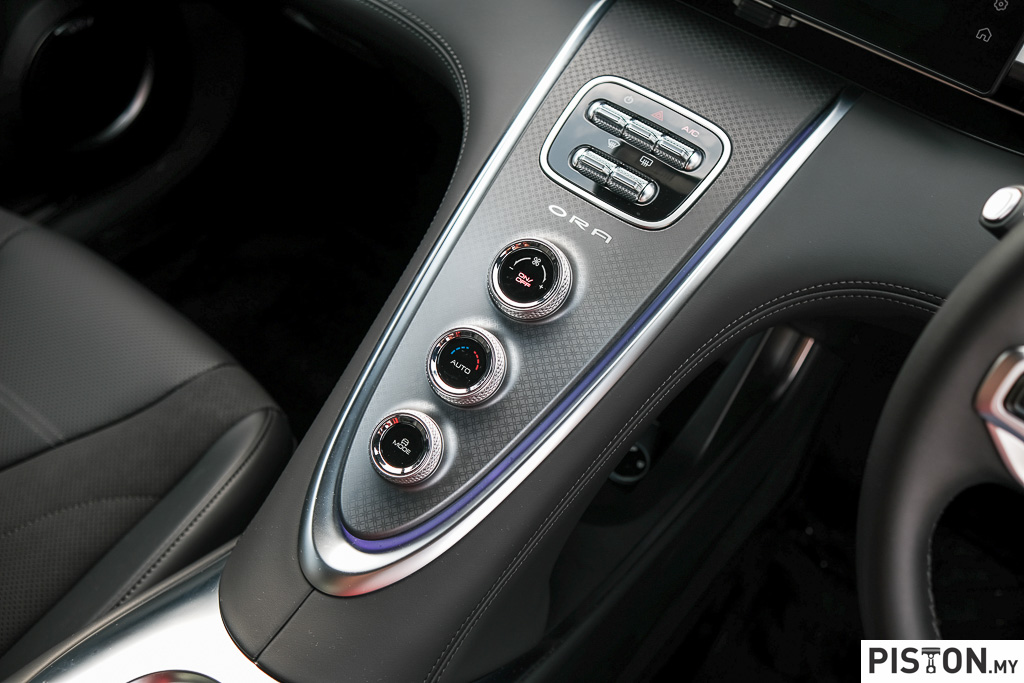
While the competition may seem like goliaths, the 07 Long Range is one that needs to be seen and driven to be appreciated, and if you do, keep a look out for the supple suspension damping and the impressive refinement of the interior. This writer has a sneaky suspicion that you may be impressed by that.
Specifications:
Motor: Single motor
Power: 204PS
Torque: 340Nm
0-100kmh: 7.9 seconds
Top speed: 170km/h
Battery: Nickel Manganese Cobalt
Charging: 32 minute with 88kW DC / 15 hours with 11kW AC
We like: Interior, refinement, features
We don’t like: Design may not be to everyone’s taste
